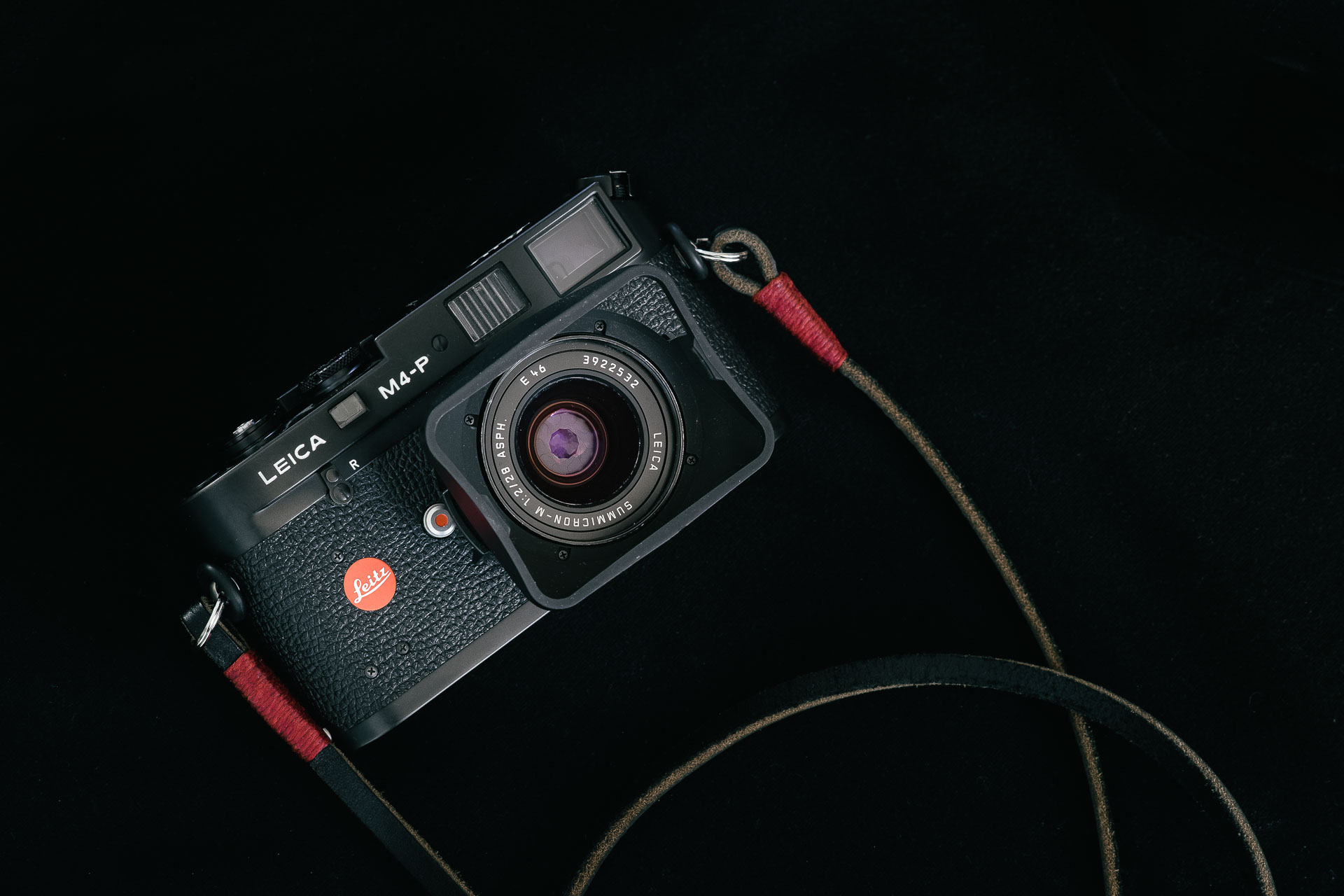
Leica M cameras are rather perplexing. There’s nothing obviously special about them. Seemingly anachronistic they have few features and are also plagued by obvious drawbacks and few obvious advantages.
At the same time everyone that uses one appears to become very enthusiastic about them. Handling one for only a few moments also makes it clear that it’s indeed something at least a bit special.
This odd dichotomy was a contributing factor in me wanting to try a Leica in the first place. While I’ve loved shooting the digital M8 & M9, a draw towards the film cameras has remained. Despite most things unique about all M:s having been carried over to the M8 & M9, every time I handled a film M I was struck by how right it felt. There was still something intangible that made the film cameras feel even more attractive.
A few months ago I pulled the trigger. I bought a nice M4-P at a local auction. Since I’m quite curious to see if my view of the camera shifts over time, I thought it’d be interesting to keep a running account on my experiences.
I’ll go into more detail of different aspects at a later date. But first, I wanted to jot down some first impressions while they’re still fairly fresh.

It balances really well in the hand. It’s heavier than it looks but the weight feels evenly distributed. The leatherette covering has the right amount of grip. Where the M8/M9 feels a bit fat and the CL a bit cramped, the M4-P feels just right.
The mechanics feel like they’ll last decades still. Trying three M2:s, an M4 and two M4-P:s back to back before the auction where I bought the camera I feel I have a bit better an understanding of the difference in feel between the vintages. The mechanics on older models feel quite smooth, almost flexible, due to using internal components made from brass. Newer models use components made from steel and feel a bit more stiff, but also more distinct. It’s mostly a matter of preference. I expected to prefer the former but actually came away enjoying the precise feel of the steel geared bodies better.

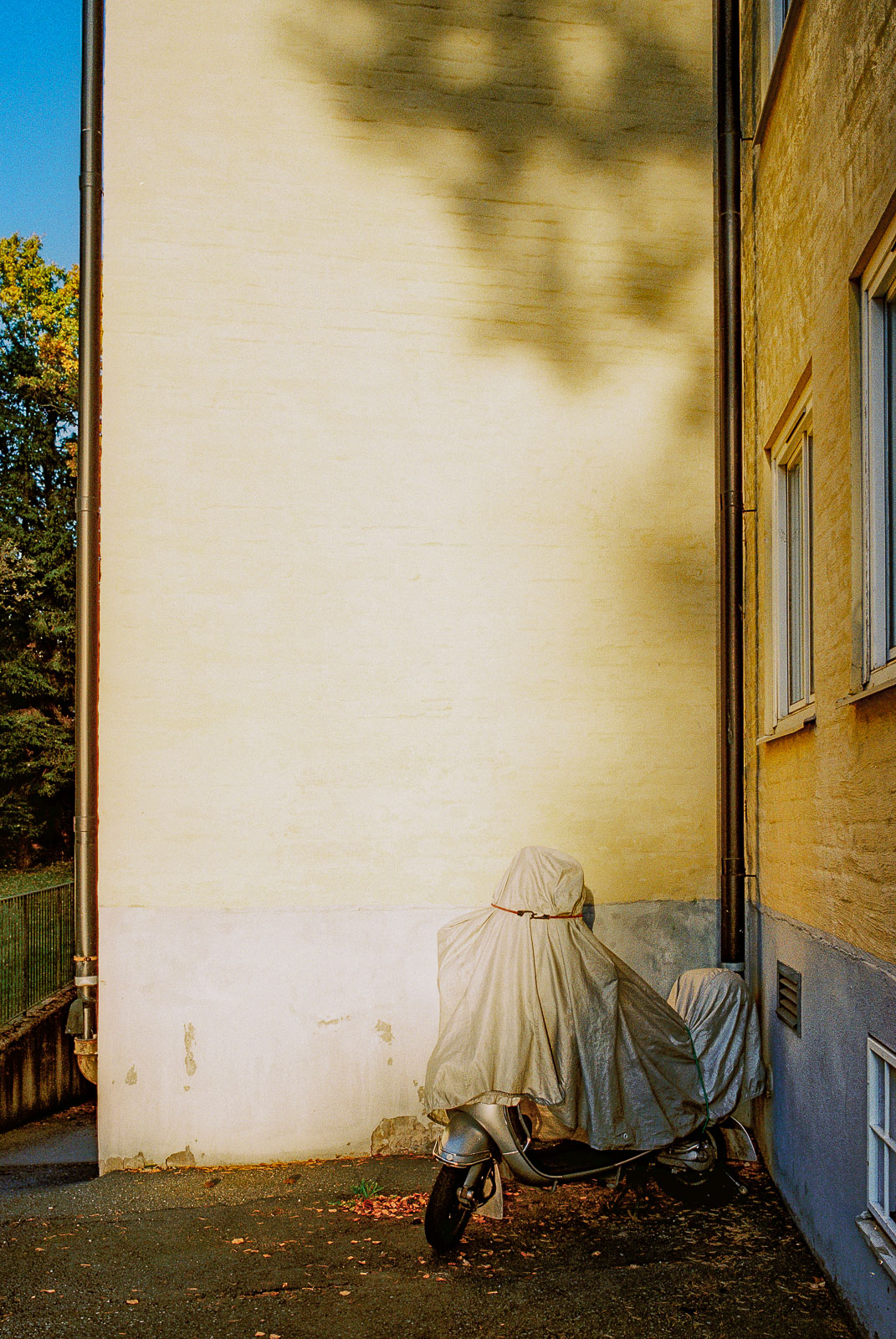
I’m still undecided about the smaller shutter speed dial. I like that there are fewer speeds to choose from, but I occasionally miss the half stop detents from the M8/M9. It’s not as convenient a set up as the one on the CL, or as straight forward as the one on the M8/M9. It’s pretty stiff and its small size makes it tricky to change with the camera to your eye. It gives a bit of a different feel to shooting the M4-P compared to my other Leicas, not necessarily slower or faster, but a bit more deliberate.
What I like the most about the M4-P is probably the lack of a meter. While this might sound a bit backwards, it’s all about the viewfinder.
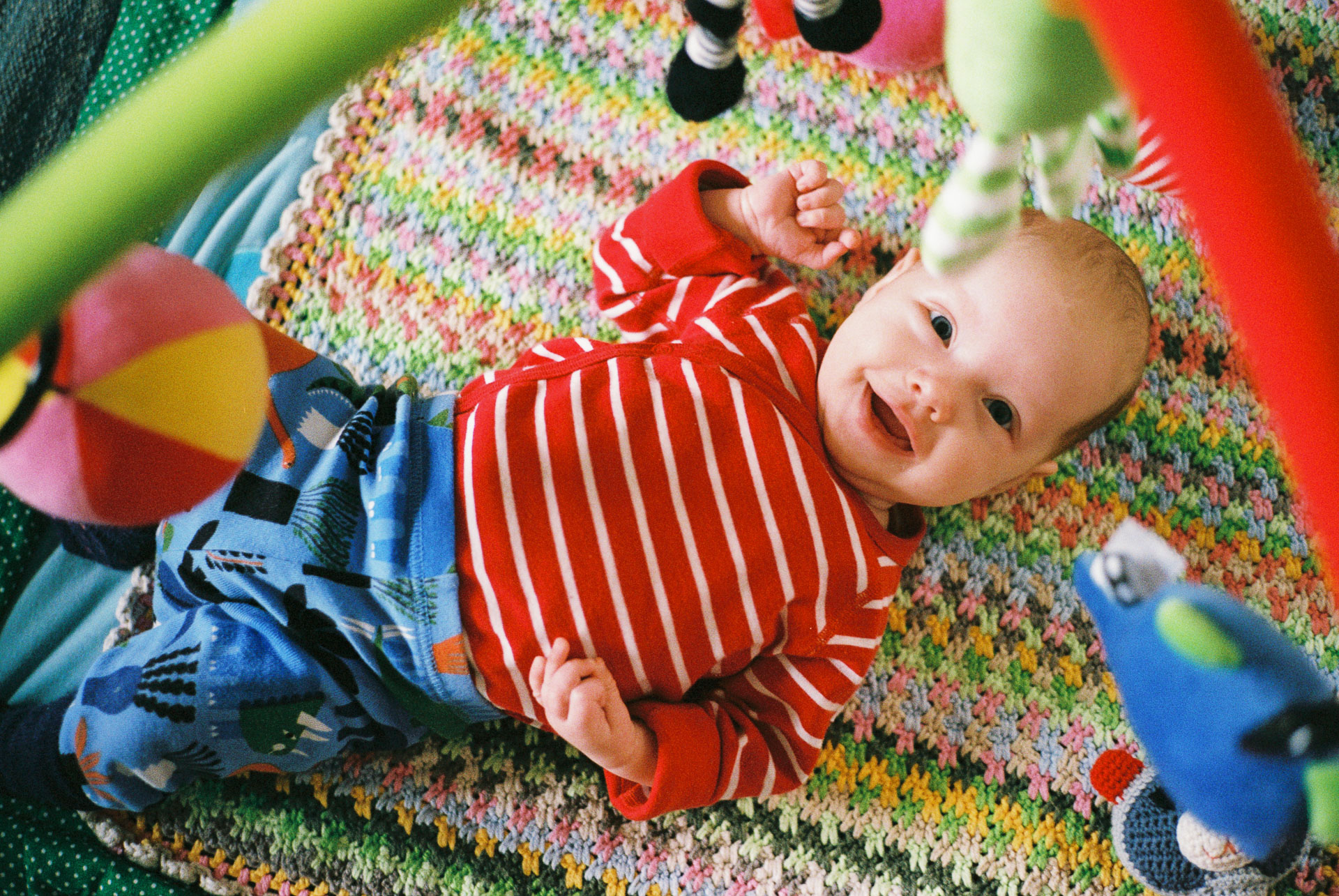
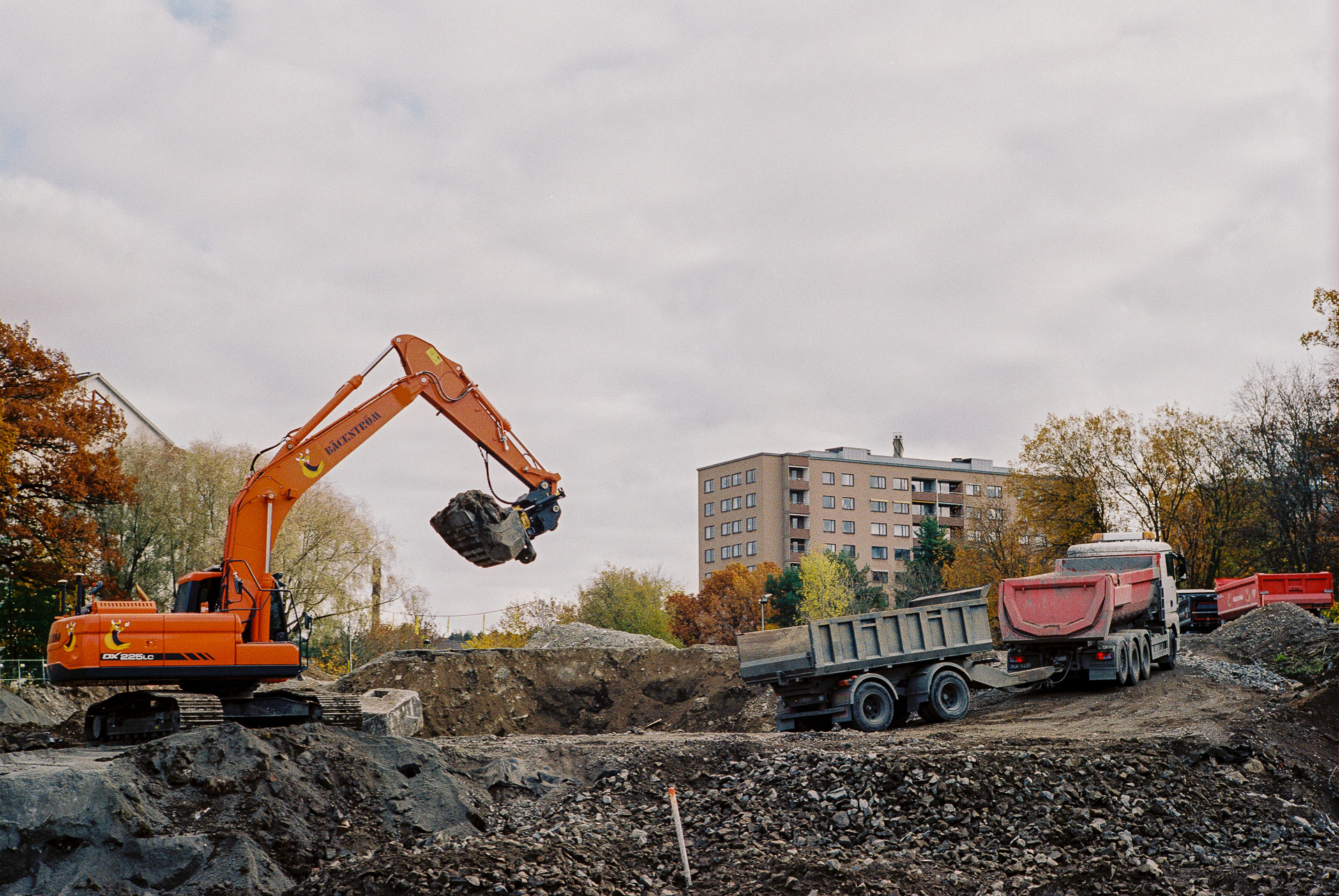
What got me hooked on shooting rangefinders is the transparent view of reality. With more sophisticated cameras however, come more cluttered views. Both the CL and M8/M9 have great viewfinders, but some of their features makes the viewing experience a bit more opaque.
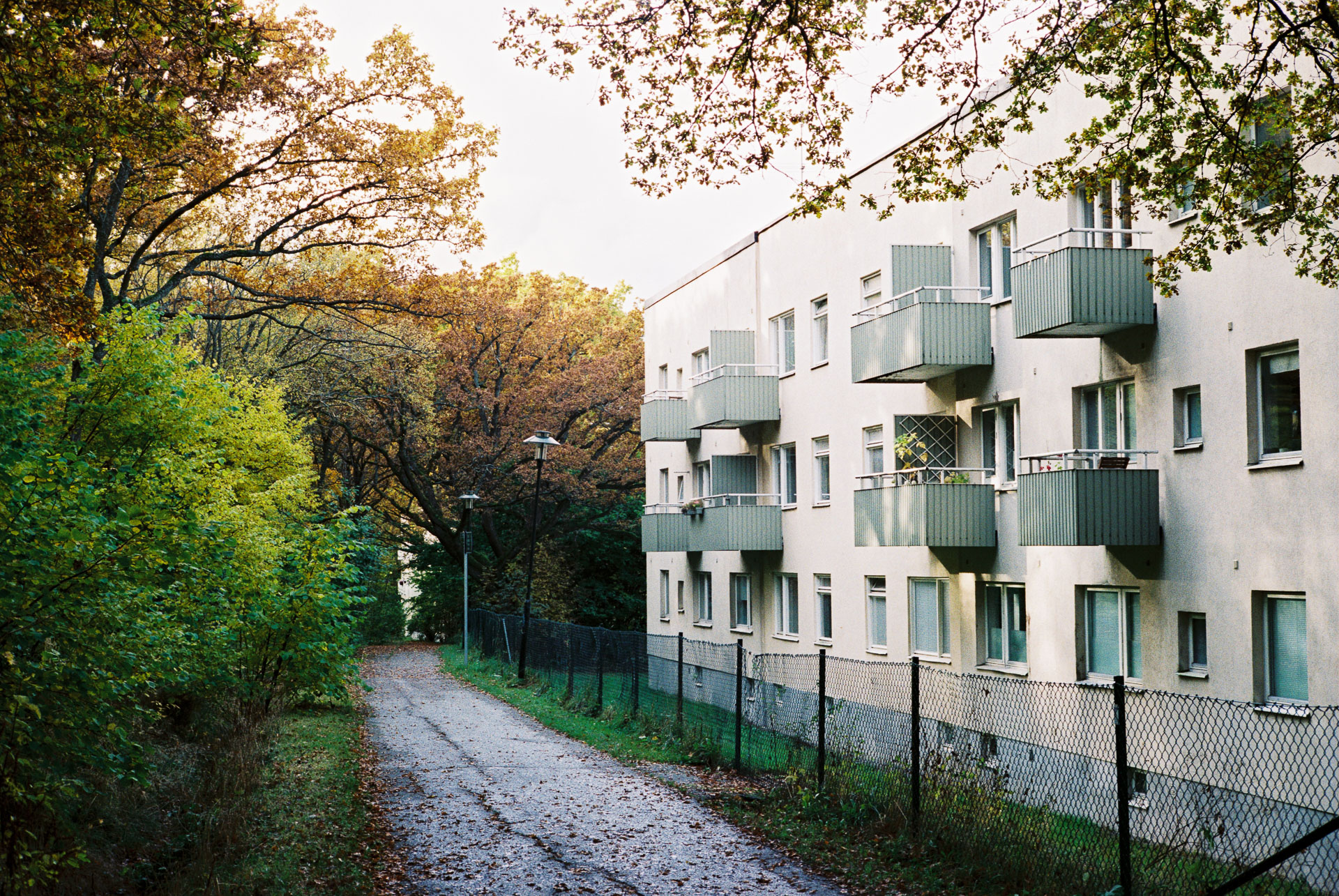
The view through the M4-P on the other hand, is completely unobstructed and free from distractions. Only the subtle framelines and rangefinder patch guides you. Nothing takes focus away from the subject. It’s remarkably relaxing.
I’m still a beginner with my film M, but I already feel an appreciation for it. Its appeal less mysterious to me now. Leica cameras aren’t really special, but maybe that’s what makes them special.
Photos above were shot on Fuji Superia 400 using Summicron 28 and Summicron 50 V.

There’s a wealth of options when it comes to buying a film M today. Everything from the 1950:s M3:s to current production M-P:s and M-A:s are readily available. Prices also vary wildly. None of the models can be considered cheap, but prices range from affordable to exuberant. A ten fold difference isn’t uncommon, even between different editions of the same model. It’s a bit of a jungle. Especially since they’re all really quite similar, even after closer inspection. Fortunately there are no bad choices, but figuring out which one fits your needs and preferences best can take a bit of thinking.
What kept me from getting a film M for a very long time was the idea that I needed a meter. That put the minimum price of entry at a sum I wasn’t prepared to pony up at the time. Especially since I didn’t feel keen on the M5, leaving the M6 as the lowest priced option. I eventually did get the CL which I found to be a delightful camera and a true bargain, but different to a true M and still not having that feeling of rightness I had felt with them.
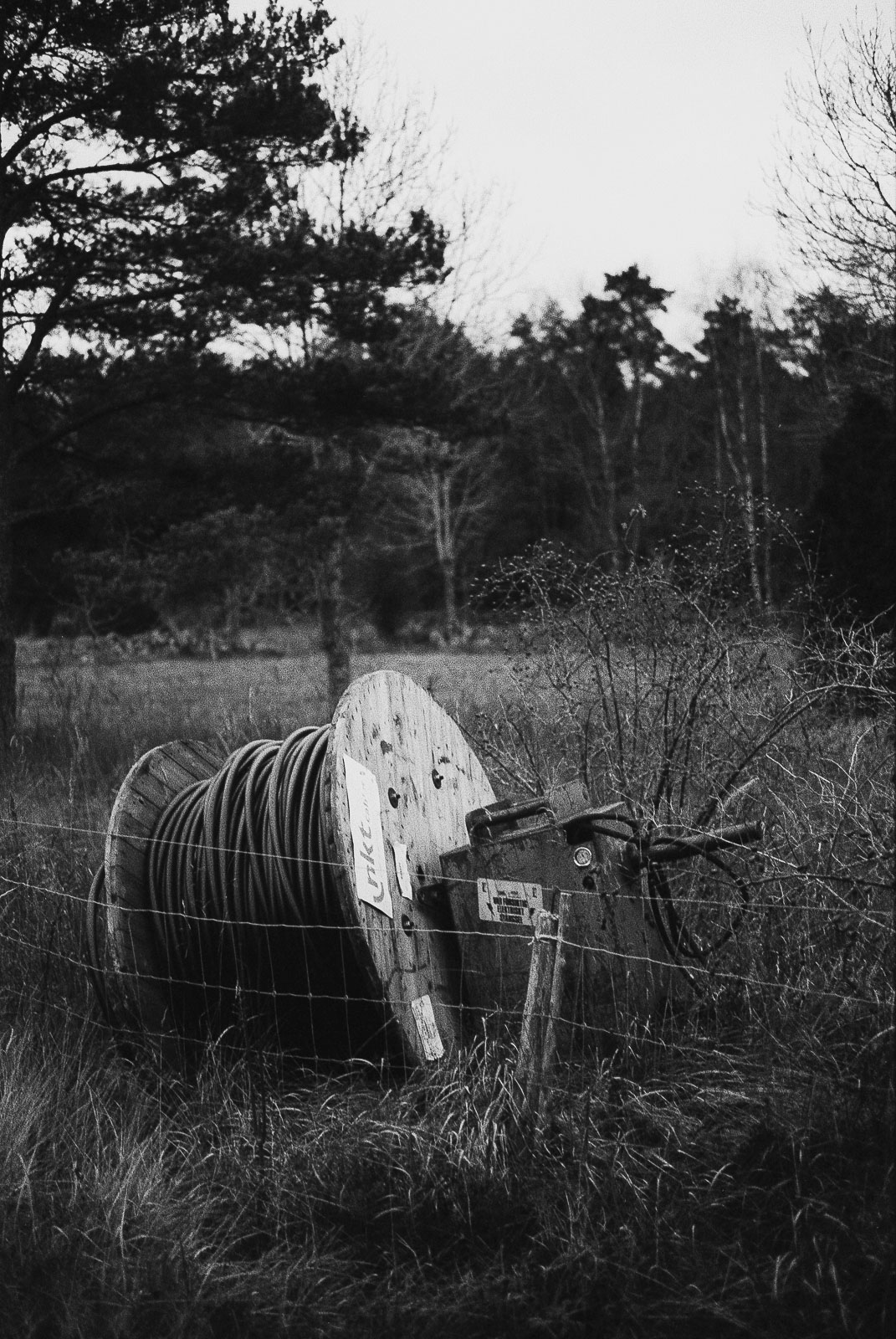
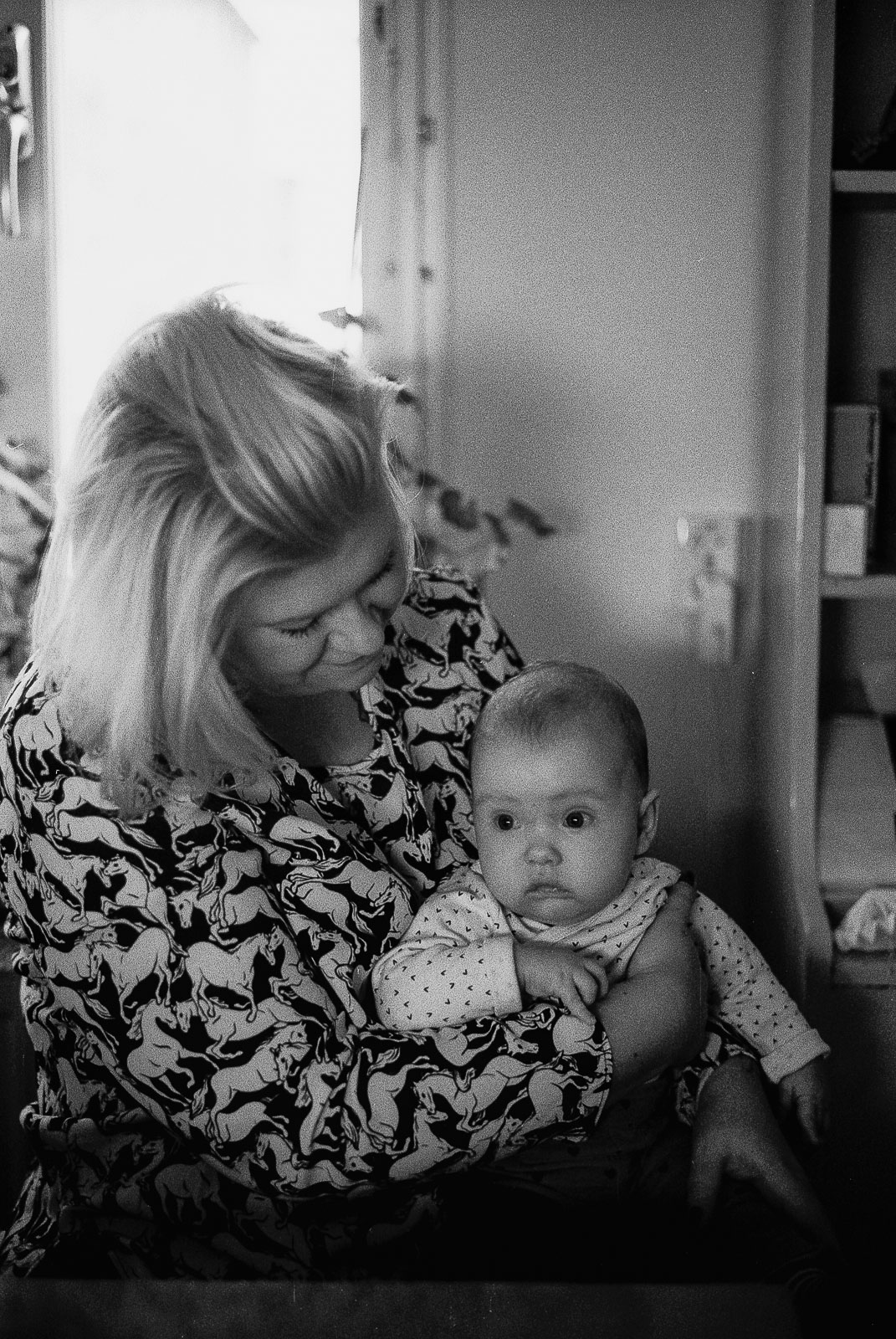
In the end the CL came to push me in an unexpected direction – towards getting a meterless camera.
The CL was designed for discontinued mercury cell batteries and as a result specialty replacement batteries have to be used. But due to low availability and short lifespan of the batteries I took to shooting the CL without a battery, and thus without a meter, more often than not. After a while I started to feel that this way of shooting wasn’t only acceptable, but often even preferable.
I began paying more attention to the characteristics of light, rather than what an instrument readout was saying. I’ll get back to shooting without an integrated meter, but I’ve found this more conscious way to shoot very enjoyable.
In addition to the purely logistical aspects of a camera without a meter, the mechanical simplicity also appealed to me.
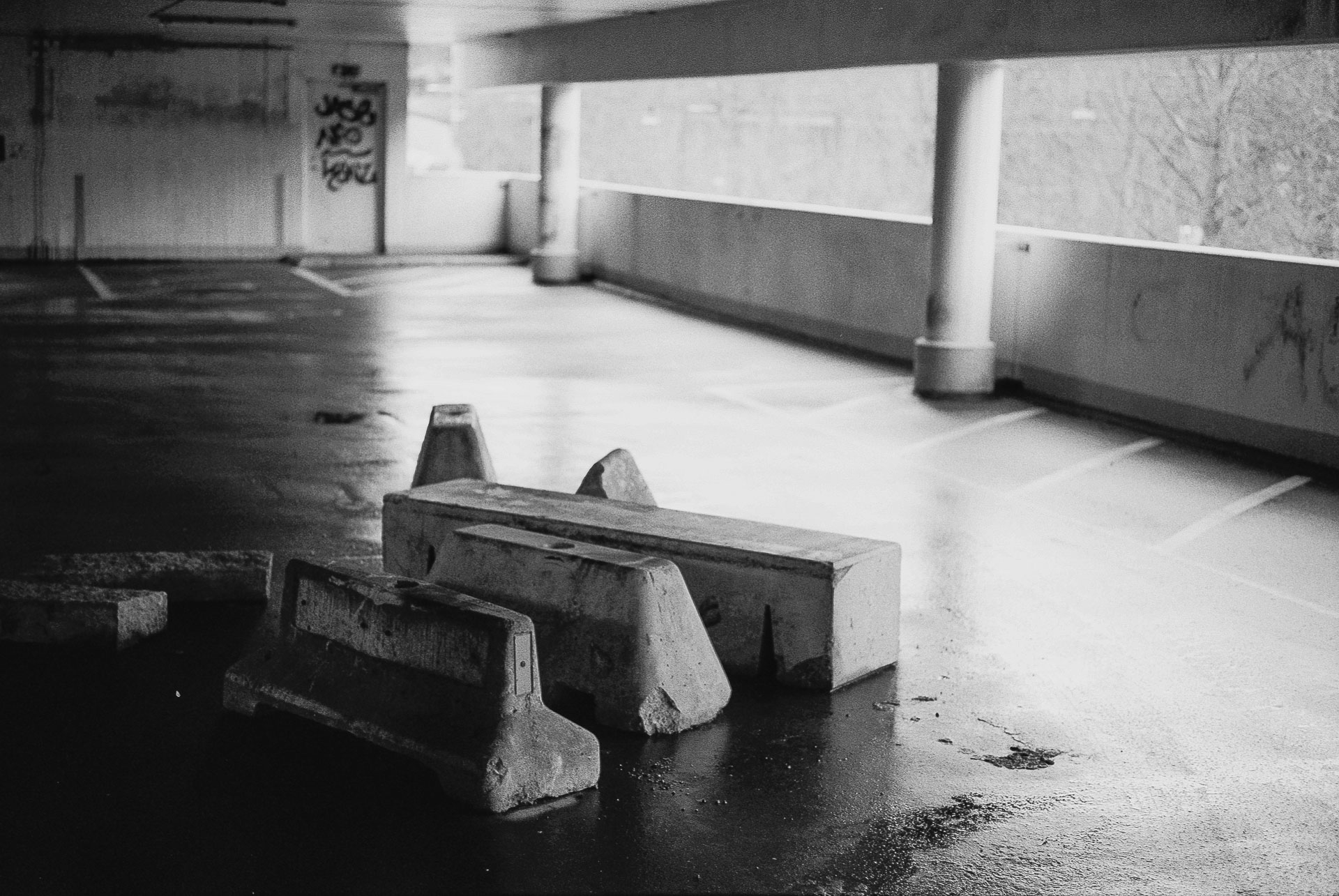
My first idea to this revelation was to go back to where it all started. As I’ve not been a huge 50mm user I figured that the original M – the M3 – wasn’t quite for me. Its high magnification viewfinder can’t be used with anything but 50mm and longer lenses. Instead I set my sights on the M2 – pretty much the same camera as the M3 but with a lower magnification viewfinder with framelines added for 35mm lenses, possibly my favourite single focal length. I figured that this would make it a very classic experience, but also a very useable choice.
After mulling it over for a bit, I came to a new realization. The one that lead me to the M4-P. Thinking about what I was missing in the CL one of the things that stood out most clearly was the lack of 28mm framelines. This made it a bit of a kludge to use the CL with my favourite lens – the 28 Summicron. The CL isn’t alone in its lack of 28mm framelines, in fact it’s a comparatively recent addition.
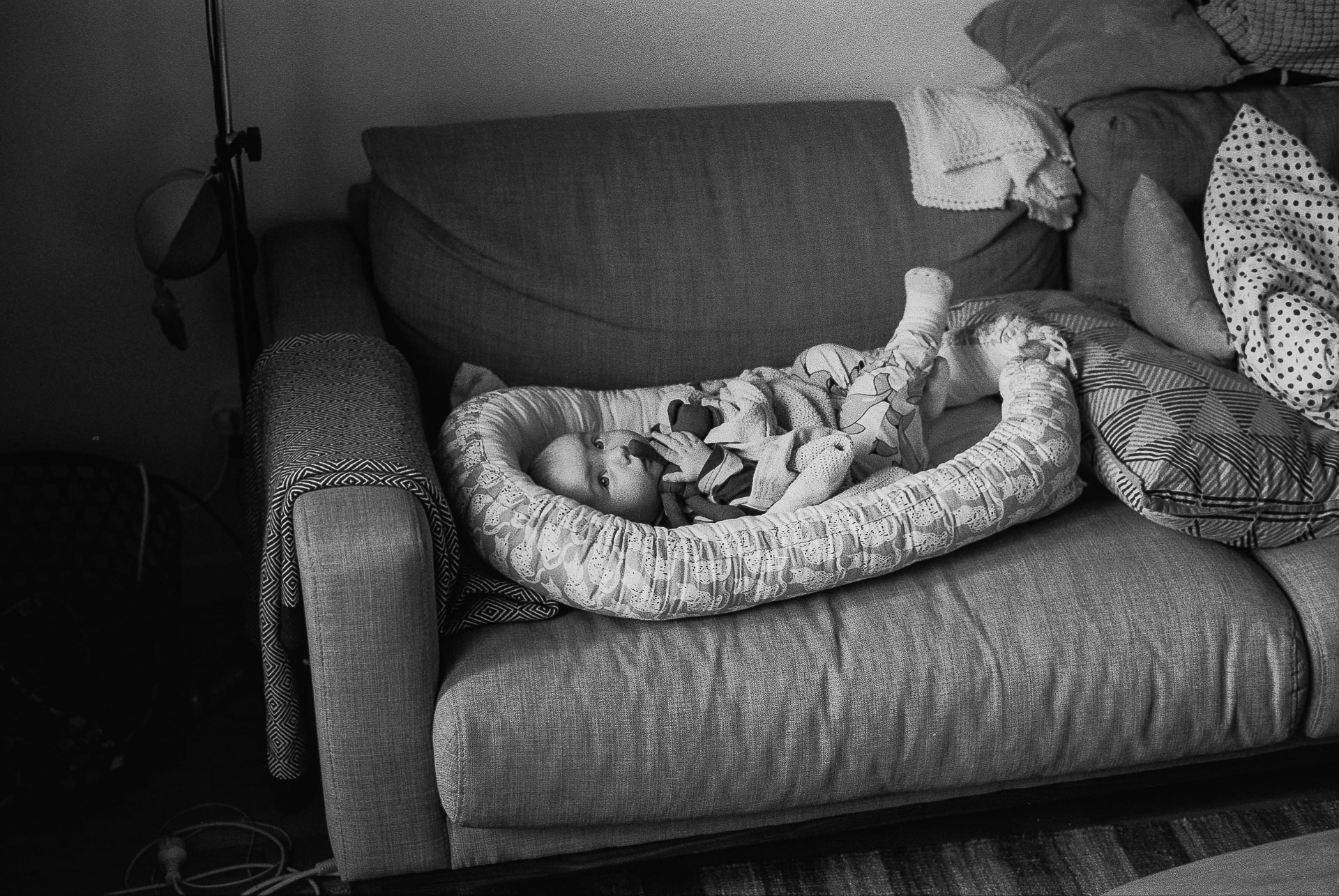
Of the meterless M bodies, only the M4-P, produced between 1980–86, and the newly introduced M-A have framelines for 28mm lenses. Actually the two cameras are very similar – the only practical difference being the old style rewind knob on the M-A*. As such the M4-P can be considered a bit of a bargain – an M-A for cheapskates.
* Hamish Gill writes in detail about the similarities between the cameras in his review of the M-A over on his site – 35mmc. Well worth a read for a bit more insight in the differences and similarities between the models. His review of the M4-P is also quite detailed and insightful.
The later M6, M7 and MP cameras also have 28mm framelines but are metered, more expensive and have more busy viewfinders.
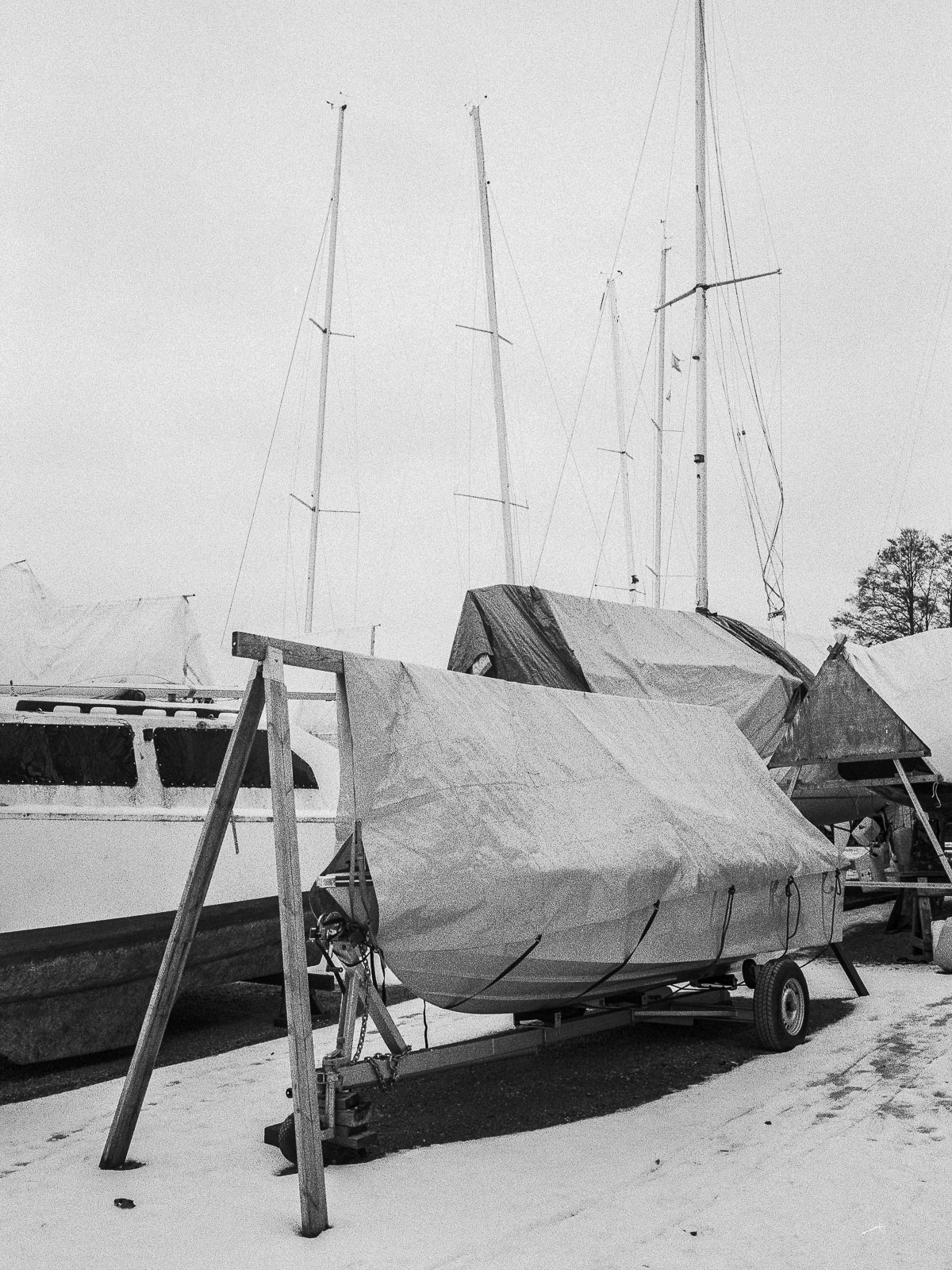
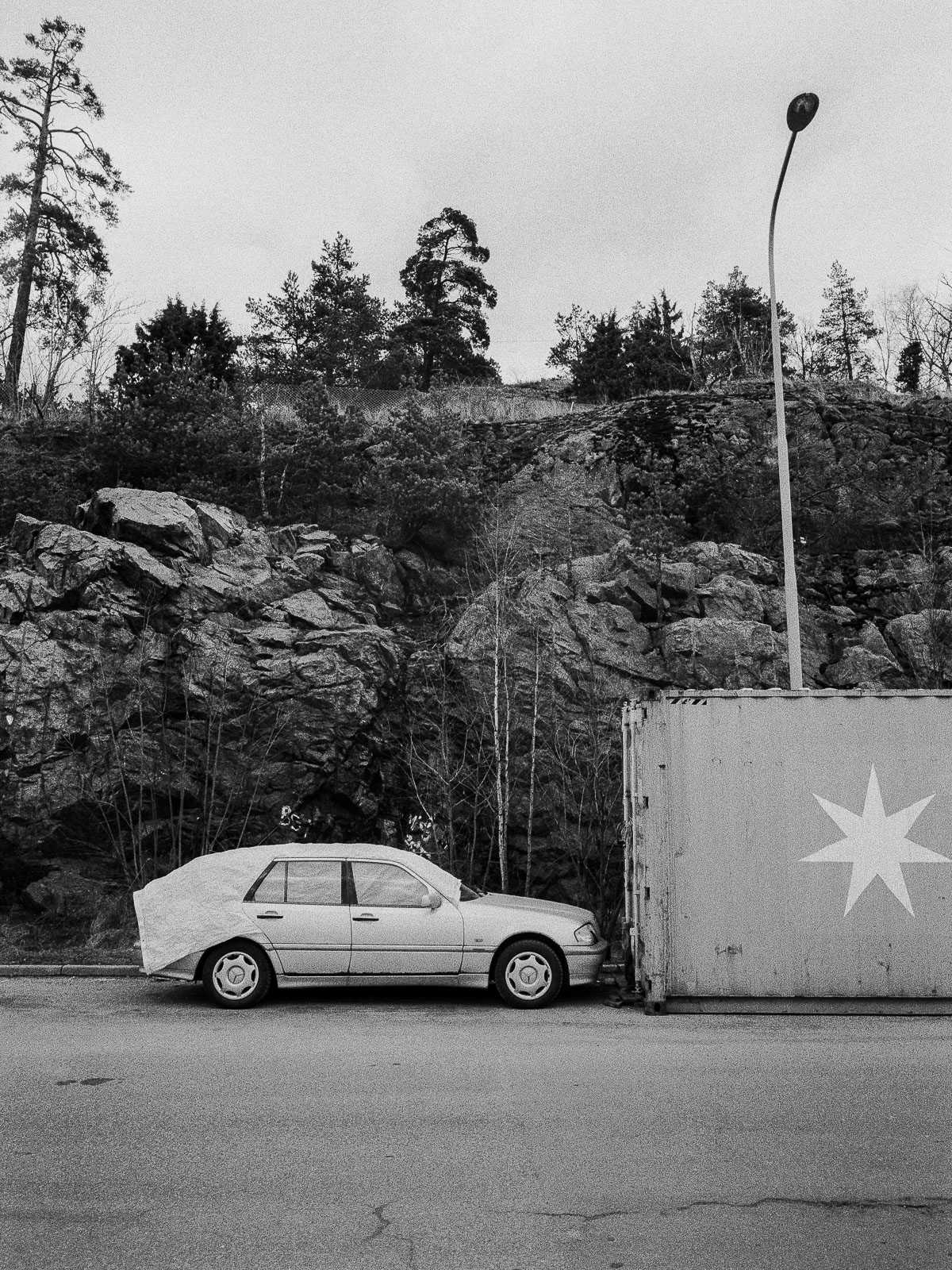
Aside from having the framelines that I wanted, there are some additional things that pushed me in the direction of the M4-P.
It’s available in black. While I find the chrome bodies very pretty, I prefer my cameras to feel like tools and in black they do. The matte finish of the M4P feels even more tool like than the slightly flashy feel of the black paint bodies. Never mind the crazy price difference.
It has all the other features I want; an integrated frame counter, the quick load system and the faster, angled, rewind crank.
So off I went, waiting for a good deal on an M4-P. A copy made within weeks of my birth turned up – something I took as a sign and pulled the trigger. At long last I had a film M to call my own.
Photos in this section were shot on Ilford HP5 and Delta 400 using the Summicron 28 and Summicron 50 V. Scanned by Crimson or at home using the Plustek 8200i.
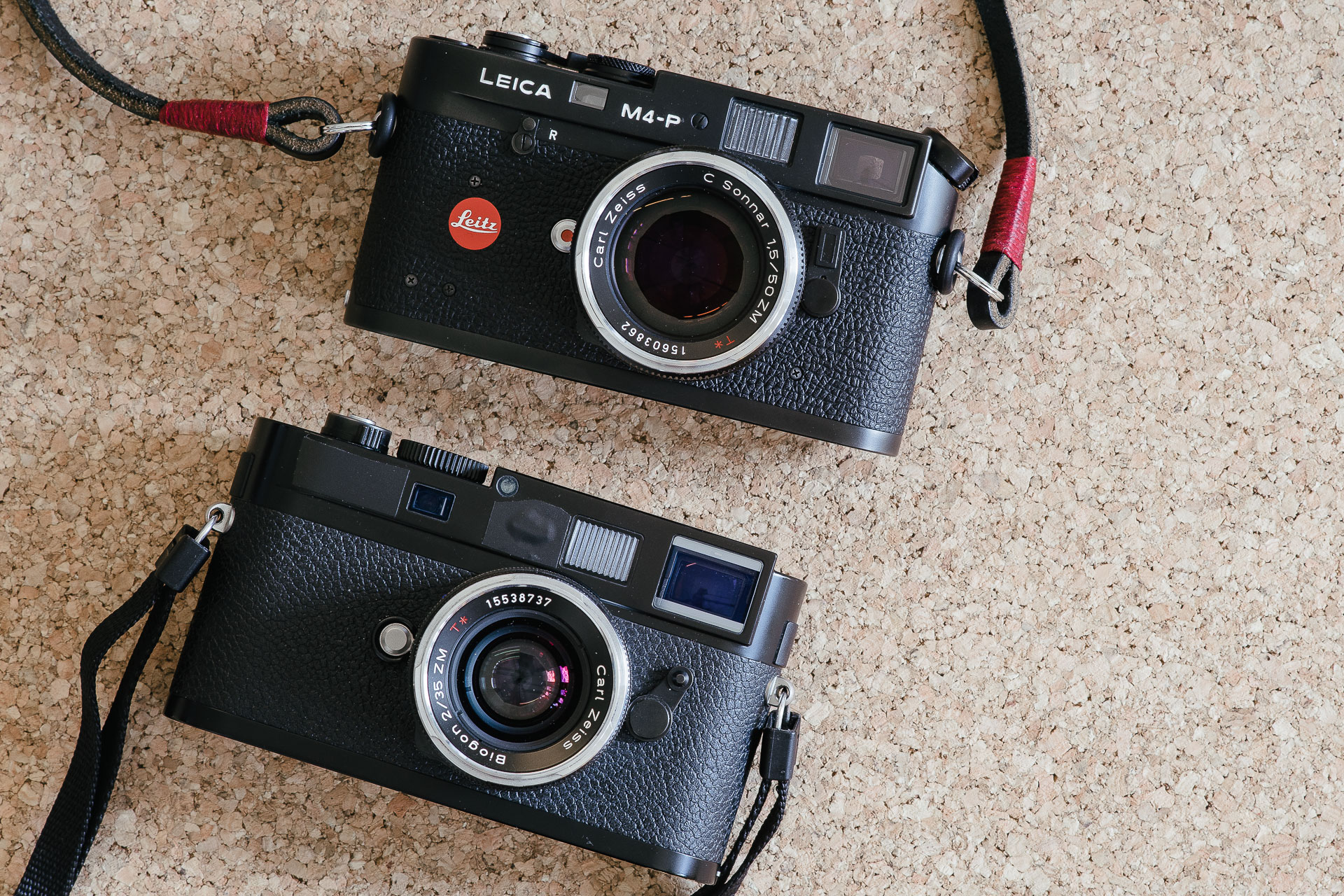
It's almost hard to belive that close to 30 years separate these two cameras.
When the M8 came out, and later the M9, a lot of praise was given over how similar it was to shooting a film M. Since I hadn’t shot any M camera before getting the M8 that didn’t have much bearing to me. I just knew I loved how the M8 and then the M9, felt and handled.
Something rarely discussed, but obvious in hindsight, is that since it’s such a smooth transition moving from a film Leica to a digital one, moving the opposite way is equally easy.
Picking up the M4-P, or any film M for that matter, after shooting the digital offsprings for several years, is an exercise in familiarity. Shape, size and weight is almost exactly the same. The viewfinder looks & works the same. The rangefinder patch; the same. Opening the bottom plate; the same. And so on, and so on.
Committed use of the cameras soon reveal clear differences. While there are a host of minor differences in dimensions, viewfinder coatings, finishes, and so on, I’m referring to something on a fundamental level.
I will refer to the M9 below, but the same goes for the M8 too. A lot will apply for the newer M240 as well.
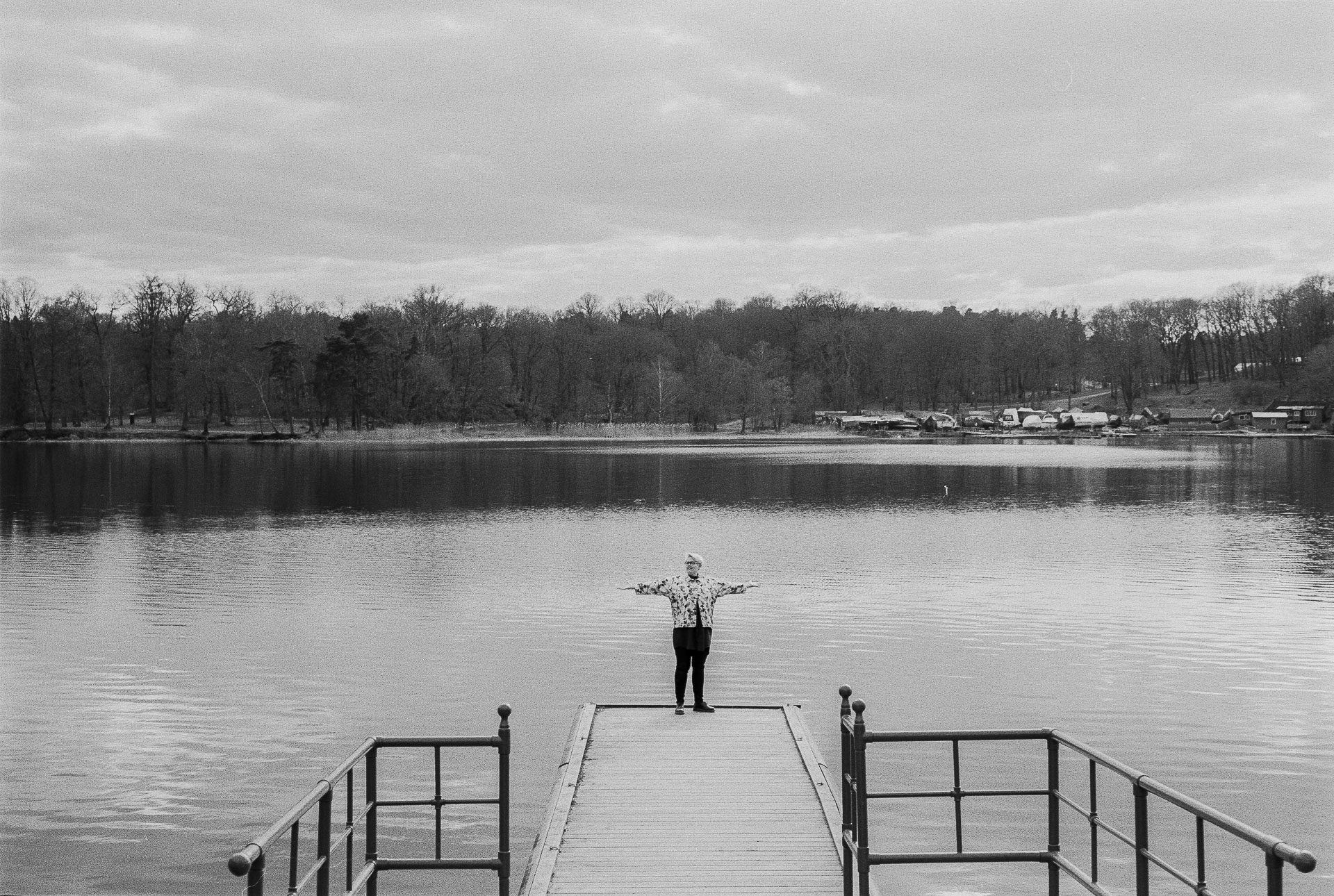
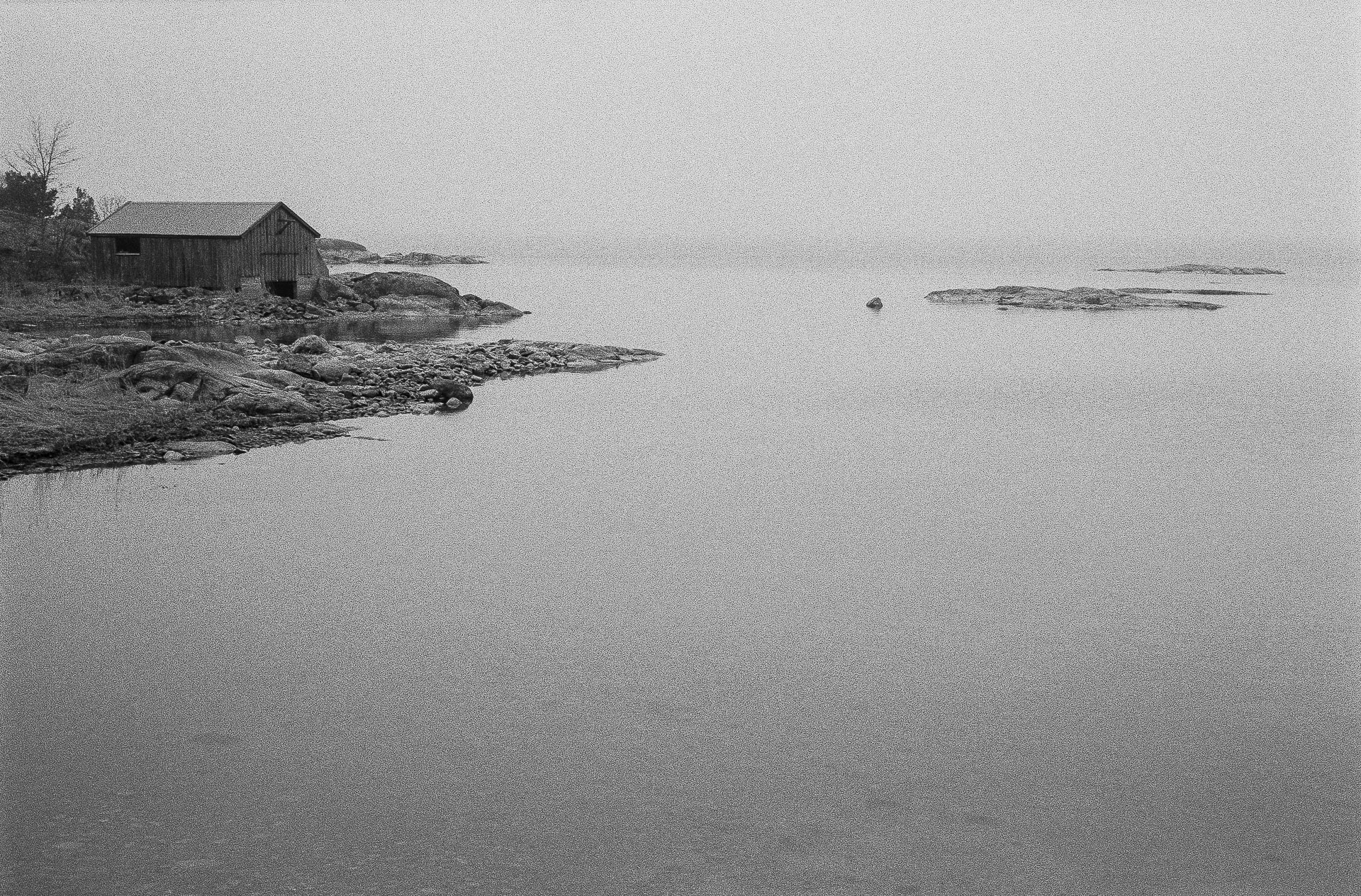
The M9 is unavoidably more complicated. Being a digital camera there’s of course a display and an assortment of controls on the rear of the camera*. While simple compared to most other digital cameras, it feels almost convoluted next to the M4-P. And the difference is not only down to the difference in medium. The M4-P offers nothing beyond the absolute essentials, almost to the point of frustration. Since it does so little but does it so well it’s a hard camera to fault.
* Though the newly introduced Leica M-D dispels that notion somewhat.
For instance – something ingrained in my muscle memory after a few years with the M9 is switching the camera on and off with the collar around the shutter button. No such thing on the M4-P. I even feel for it at times, before putting the camera down after a shot. Itching a scratch that isn’t there. The lack of this collar means that there’s no way of locking the shutter button on the M4-P – if the shutter is cocked the trigger is active. This leaves a risk for accidental fires and blank images when for instance putting the camera in the bag. This felt worrisome at first, but despite routinely putting the camera in my bag with the shutter wound on I haven’t lost any frames. After a while the worry was replaced by relaxation – no fiddling before shooting, no issues with moving the collar too short or far and ending up in the wrong mode. It does less, but is better for it.
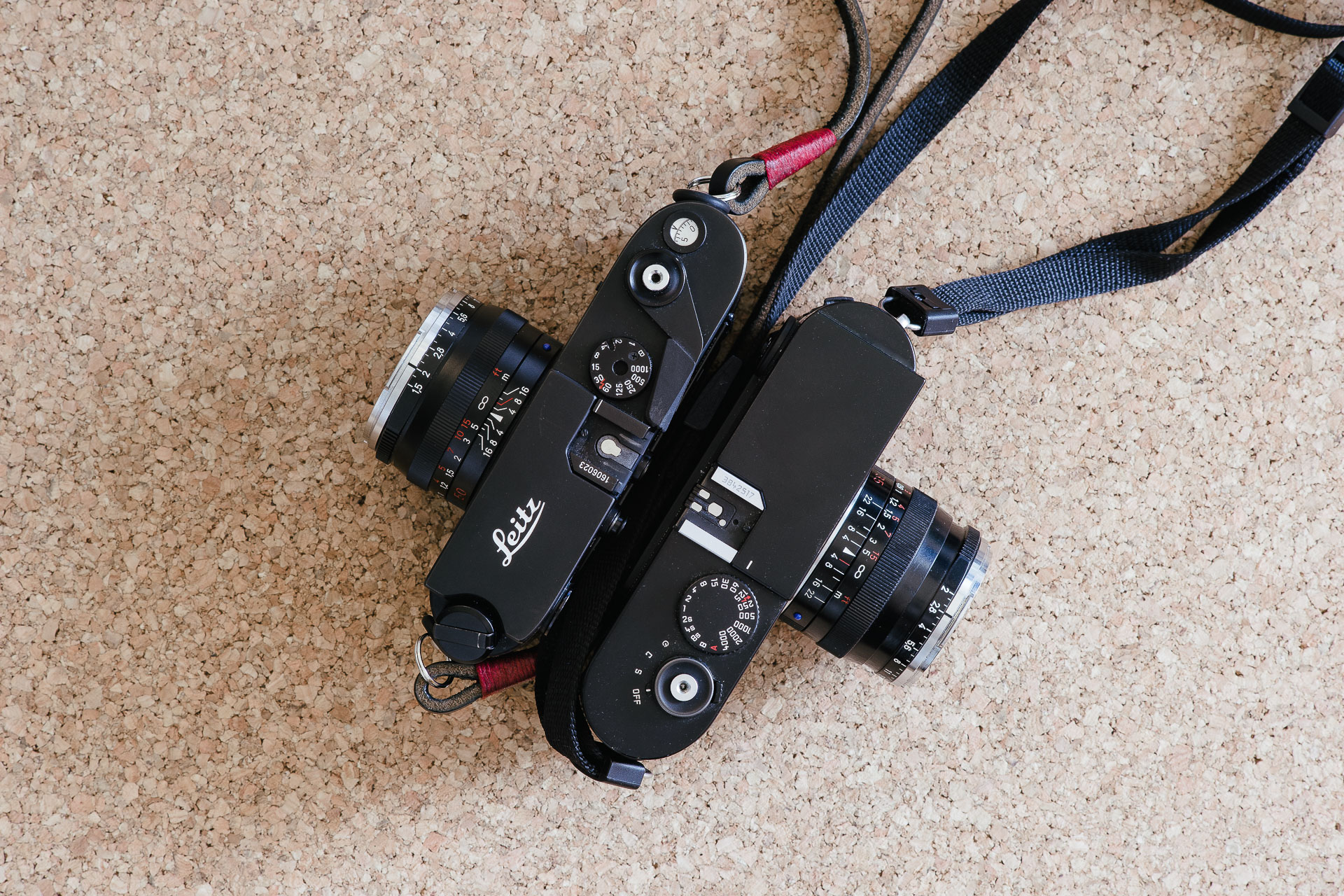
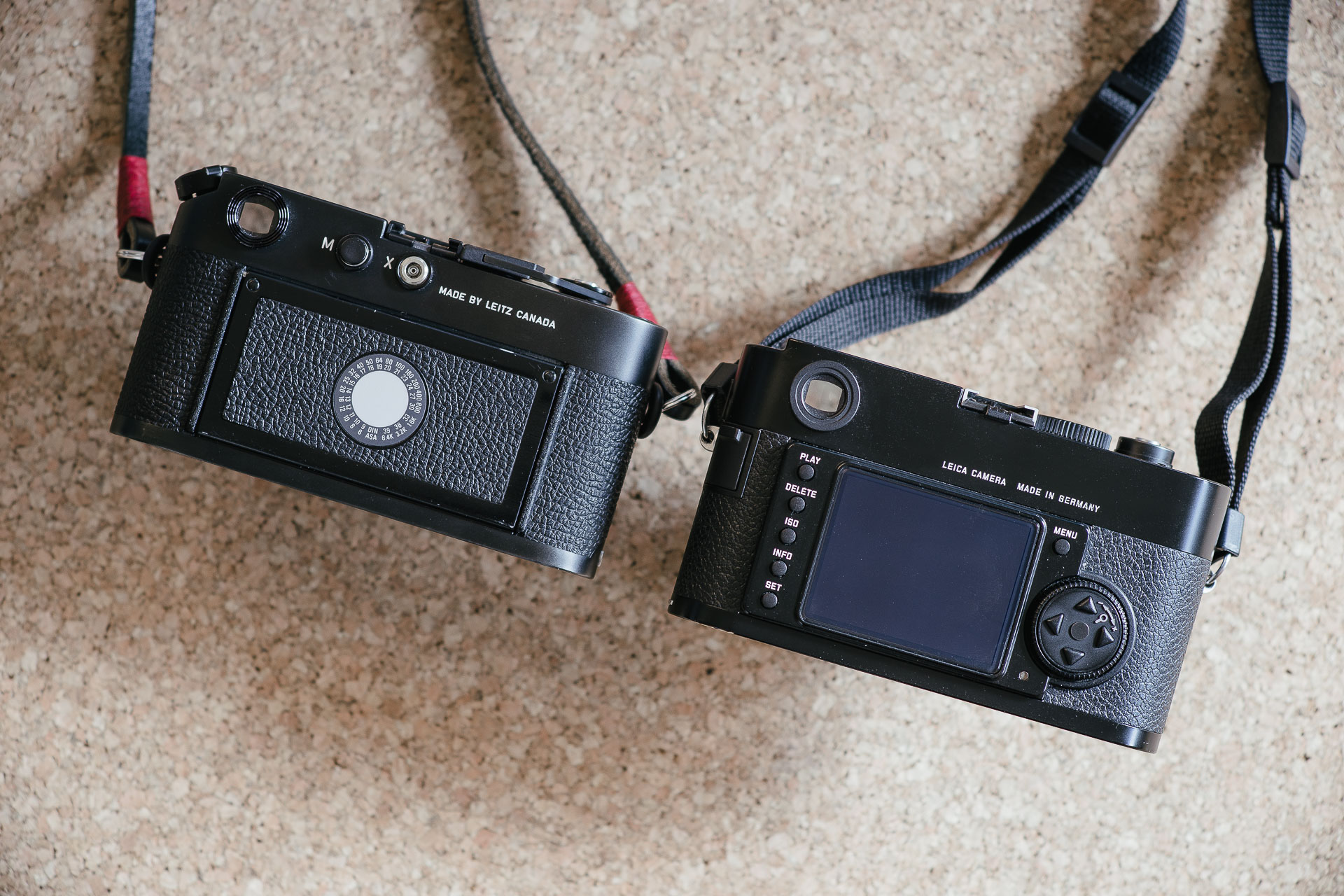
Likewise there’s no denying there’s convenience to having an integrated meter, like in the M9. And the M9 shutter speed dial is larger and easier to turn too. So in theory the M9 should be easier to work with. But in practice the three LED system for indicating exposure in manual mode can be vague at times, the viewfinder becomes cluttered, and the LED:s can feel almost aggressive in their prominence. This means there are situations that leave me ambivalent about how the M9 functions. With the M4-P there’s no meter and therefore nothing to get frustrated about. It feels almost intimidating at first. Getting the shot is all up to you. After a while it feels remarkably relaxing. Once again the camera is easier to enjoy because there’s less to it.
Something stemming from shooting film rather than the M4-P specifically is the need to wind the shutter after each shot. This is a small ceremony I now feel missing when picking up any digital camera. It’s a short moment of reflection on the photo just captured and the potential for another one. Not the distanced, iterative approach often resulting from digital automation. The fact that the mechanical shutter recock on the M9 results in a fairly conspicuous noise adds to the feeling of elegance in the film camera approach.
That each external control is connected to mechanical functions within the camera also adds to the feel. Not only in the metaphorical sense of being in complete control, but also in terms of actual physical feel. Everything seems a bit more purposeful on the film camera than the digital equivalent.

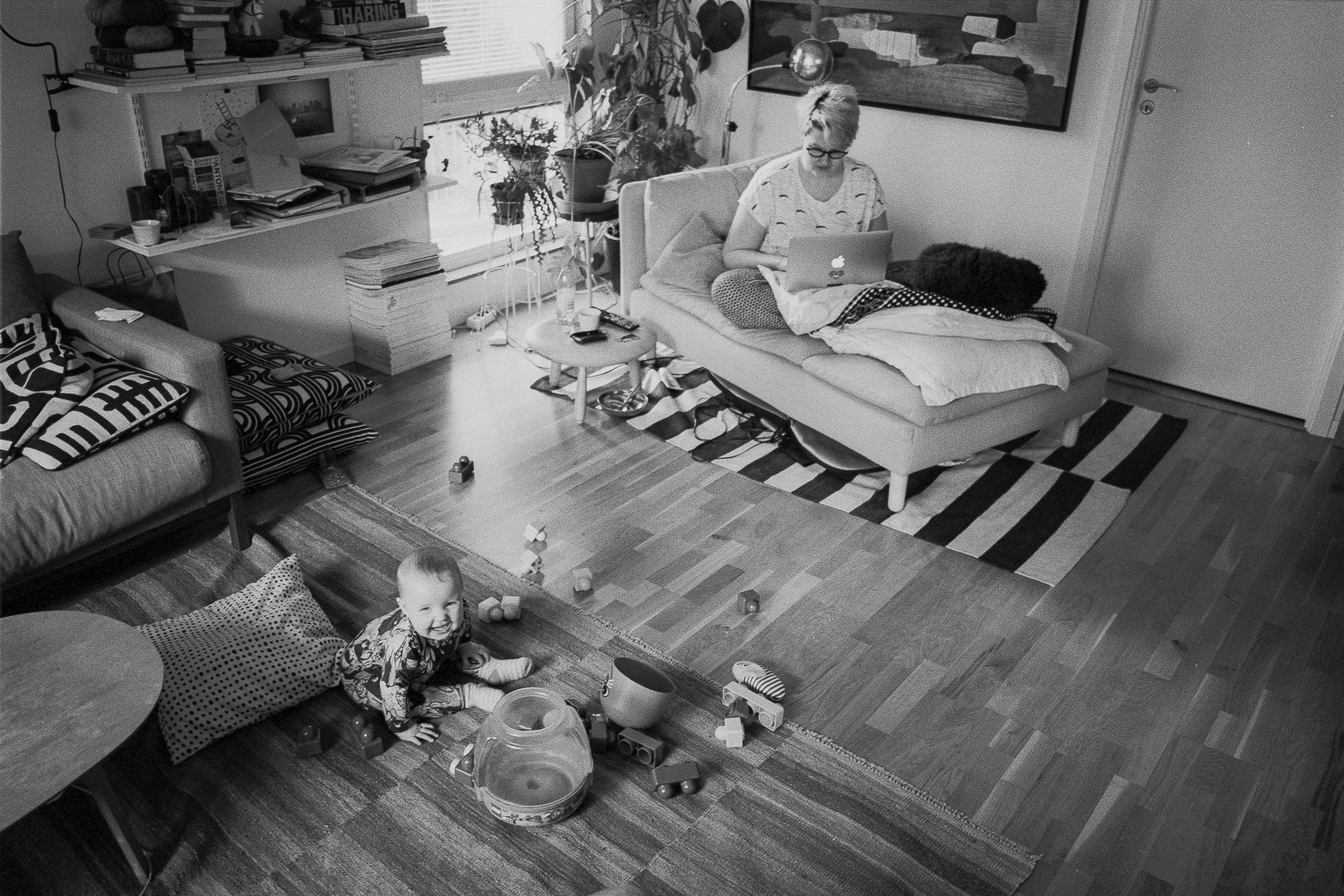
Another fundamental thing about shooting film, that had escaped me until shooting extensively with the M4-P, was that image quality becomes separated from the camera. After shooting digital that feels quite liberating. There’s no need to upgrade the camera. Instead if I feel limited by the low light performance I push the film. If I want more resolution I choose something finer grained. If I want more punchy colours or ones that are more subdued, I switch films. If I want really big prints I pay for a professional drum scan.
This makes it difficult to say anything definitive regarding image quality between the two cameras and mediums. A lot can be found elsewhere comparing film and digital. I will say that I was surprised by how close I can actually get in practical terms. Resolution is comparable between the mediums even with relatively fast films like Kodak Portra or Ilford Delta 400 and I haven’t felt as limited by the poorer low light performance of film as I expected. Under optimal circumstances quality’s slightly higher in the digital files but film is more forgiving.
Now, the M9 remains my favorite camera I’ve ever shot. It’s more ambitious and capable than any film M but that also predestinates it as something more complex. There are things about it that leaves me ambivalent. The M4-P is a lesser camera in many ways, but the distilled experience makes it easier to enjoy unreserved.
Photos in this section were shot on Ilford HP5 or Kodak Tri-X using the Summicron 28 and Zeiss ZM 50 Sonnar. Scanned at home using the Plustek 8200i.
I wrote a bit about film loading on the M4-P. I initially planned this to be a part of this running article, but since it's a topic that's a bit more general I figured it would stand on its own. Click above to read the article.
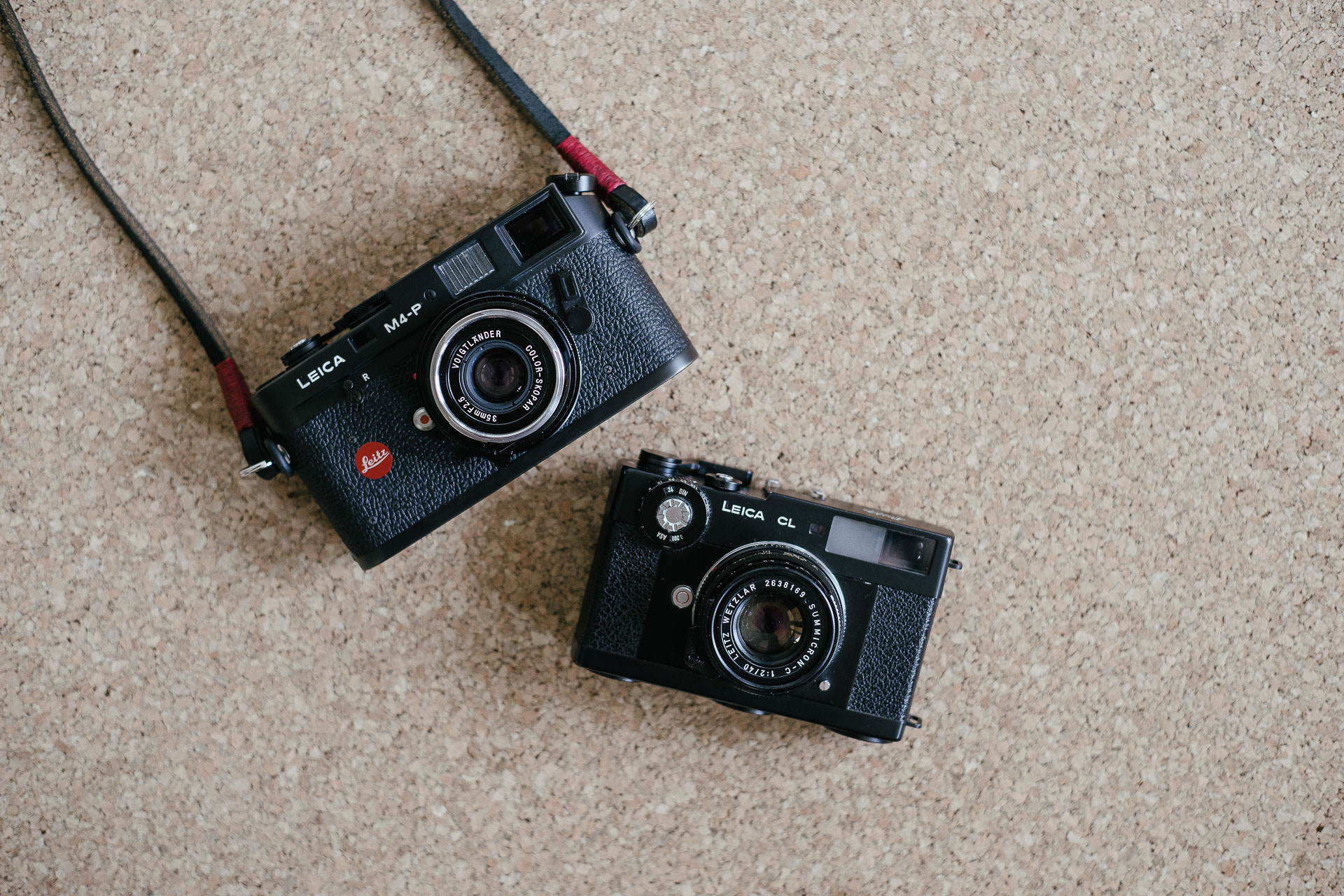
I’ve already described my liking of the CL in my editorial about it. I probably wouldn’t be shooting film again if it wasn’t for enjoying the CL so much.
Placing it next to the M4-P makes for an interesting comparison as the CL surpasses it in several ways, even in areas where the clearest strengths of the M cameras lie*.
* While this specific comparison is between the CL & M4-P most of it holds true for any of the M-series cameras, especially the meterless ones.
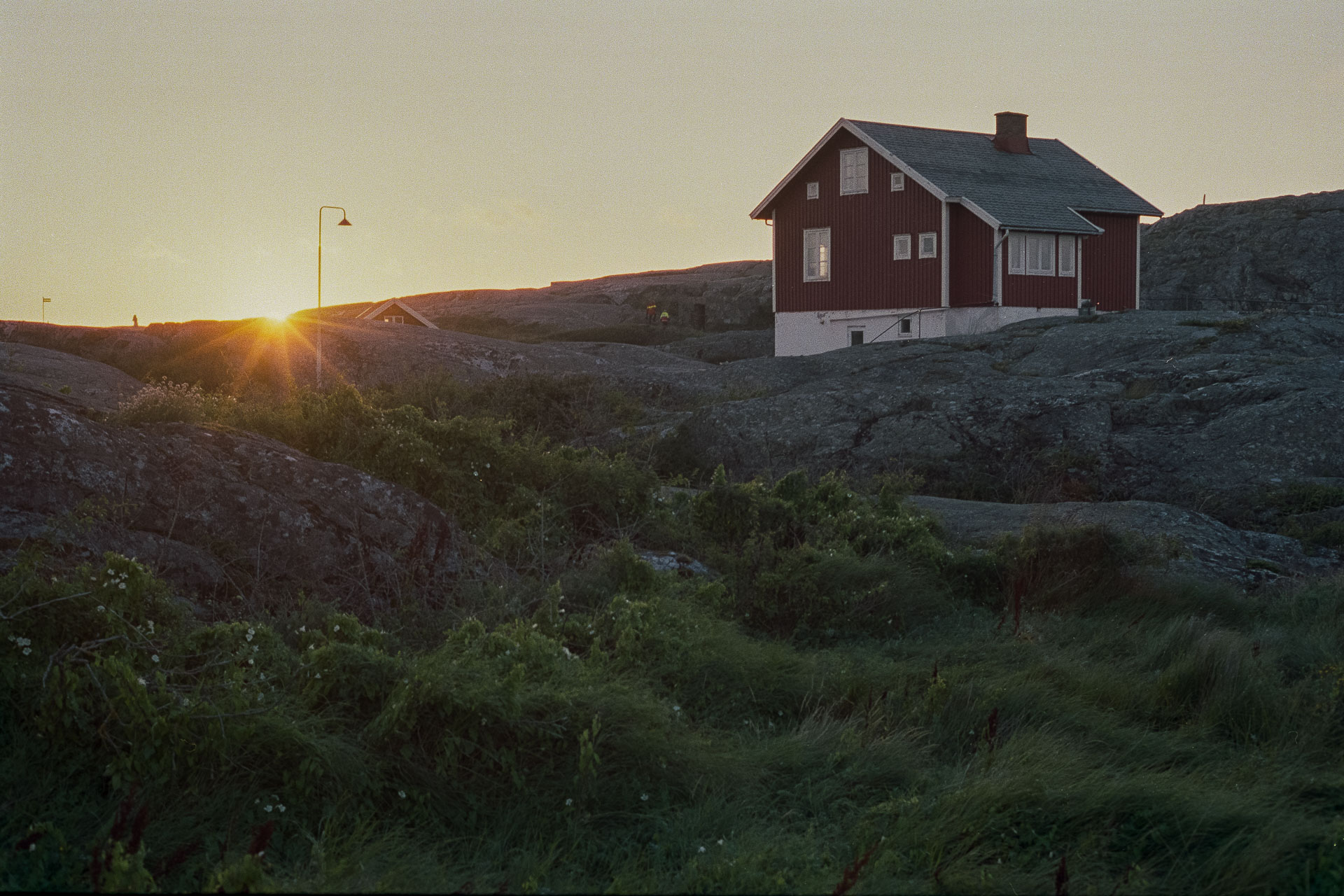
The CL does almost everything the M4-P does but is both significantly smaller as well as noticeably lighter. It feels like an even more portable camera thanks to this and the M4-P almost feels clunky when picking it up after handling the CL.
The CL also has an integrated light meter and a more straightforward way to dial in exposure with the camera to your eye.
Not only that, but it’s cheaper by far as well. You can easily buy two CL:s for the price of a single M4-P, three if you're lucky. And there will obviously not be any differences in image quality.
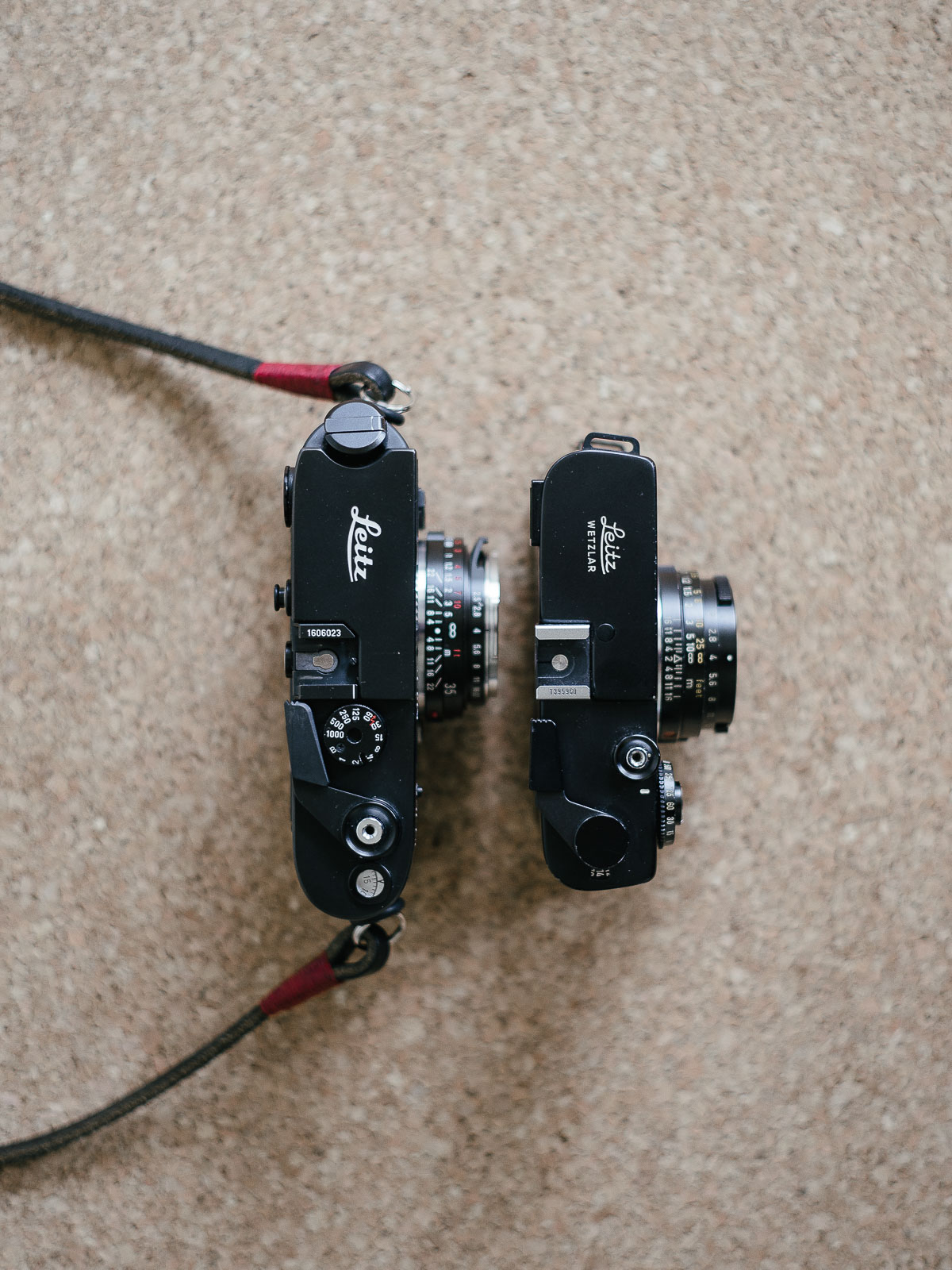

So on paper then, the CL handily bests the more highly regarded M in many ways. Comparing things on paper doesn’t always tell the story of how it carries over in practice however. And while making choices based on how things look on paper is fine for picking insurance-provider or for what toaster to buy, it never seems to work out when it comes to things you care about on a more fundamental level.
So what is it that makes the M cameras so highly regarded, and in comparison the CL not all that much? Well for starters there are a number of advantages of the M4-P that isn’t quite as clear on the spec-sheet as some of the ones the CL hold.
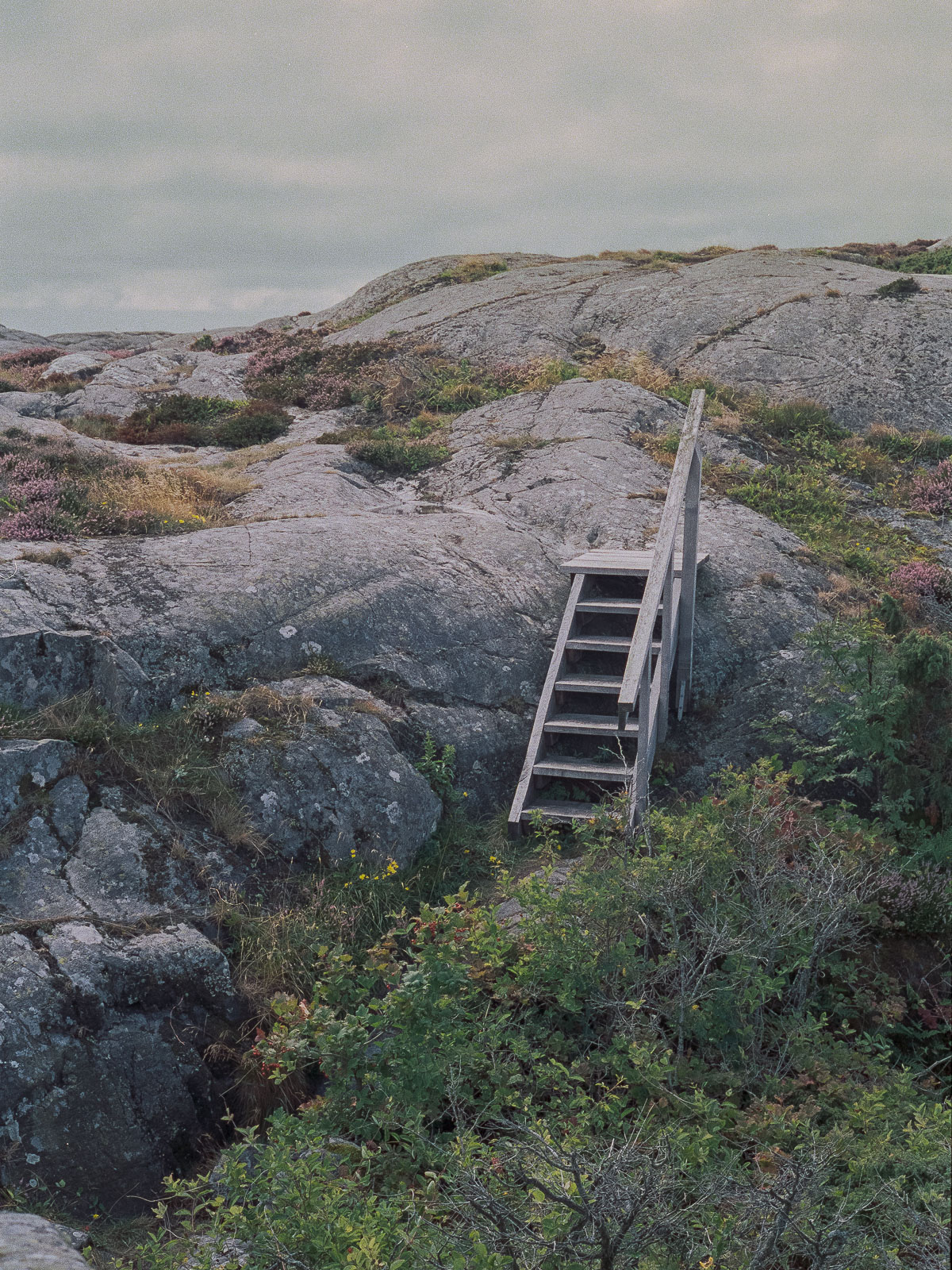

The advantages of the M4-P span from tiny details such as being able to wind the shutter with several smaller strokes* to more significant differences like a larger and brighter viewfinder.
* On the CL a single long stroke is required, forcing you to make a longer motion.
The biggest advantage that has a noticeable practical implication is probably focus accuracy. The small size of the CL necessitated a small rangefinder, leading to far lower focus accuracy. There’s no question that for faster lenses an M series camera is a better choice. It also has a visible effect in the viewfinder – the bigger rangefinder is easier to focus, an advantage regardless of the lens used.
And while the M is a bit heavier it also feels a lot better made. Subjectively it's also prettier. The leatherette is grippier than the CL's plastic finish. The materials and simplicity of construction makes me quite confident in the longevity of the M4-P. It’s easy to find spare parts and places that service it. The CL on the other hand has more plastic components that wear out quicker and are hard to find. It's more complex and from what I’ve heard less easily serviced. It feels like more of a gamble on the long term.
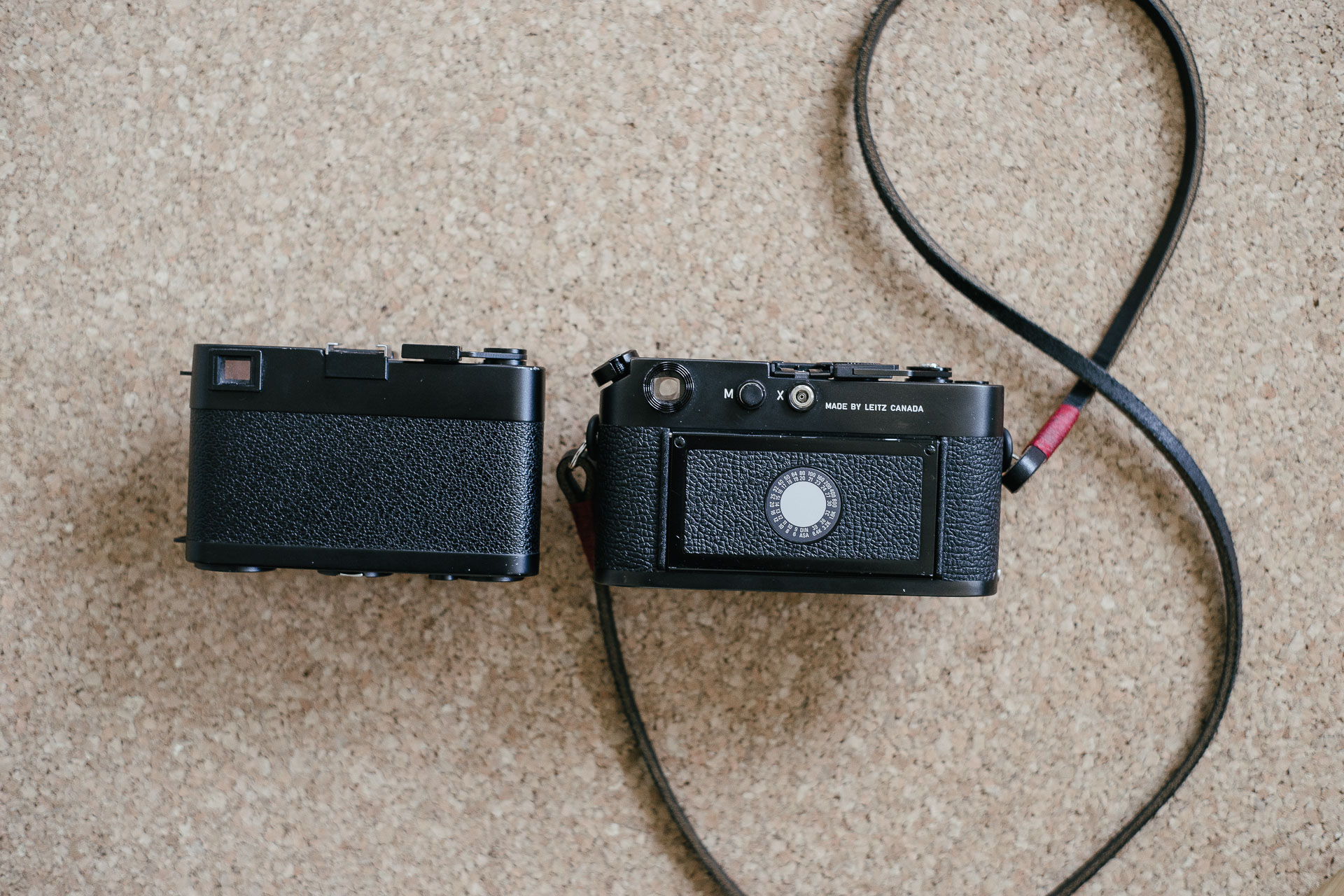
There are a host of other differences of course – from what direction the shutter curtains run, what framelines are available, the method of loading film and control setup to strap-lug placement – but going through all of them is beyond the scope of this article.
When it comes down to it, the spec sheet says little about the difference in experience between the cameras. They are more alike than they are different on a practical level. The difference in operation isn't even so big as people make it out to be – the CL is still a very smooth camera. Nevertheless the experience is different with each.
The CL feels very well thought out, a rational and capable camera that can be used with ease and pleasure. It feels intelligently achived. The M4-P on the other hand, feels like an absolute. A very specific tool, simple, almost simplistic, but fully formed. In its restraint it can disappear in use.
So what’s the bottom line then? Is the M4-P a better camera to the inferior CL? Well in some ways, but in other ways, no – not quite. How about the other way around – the CL, a hidden gem to the overrated M? No, not really that either. As so often I feel it comes down to needs and preferences.
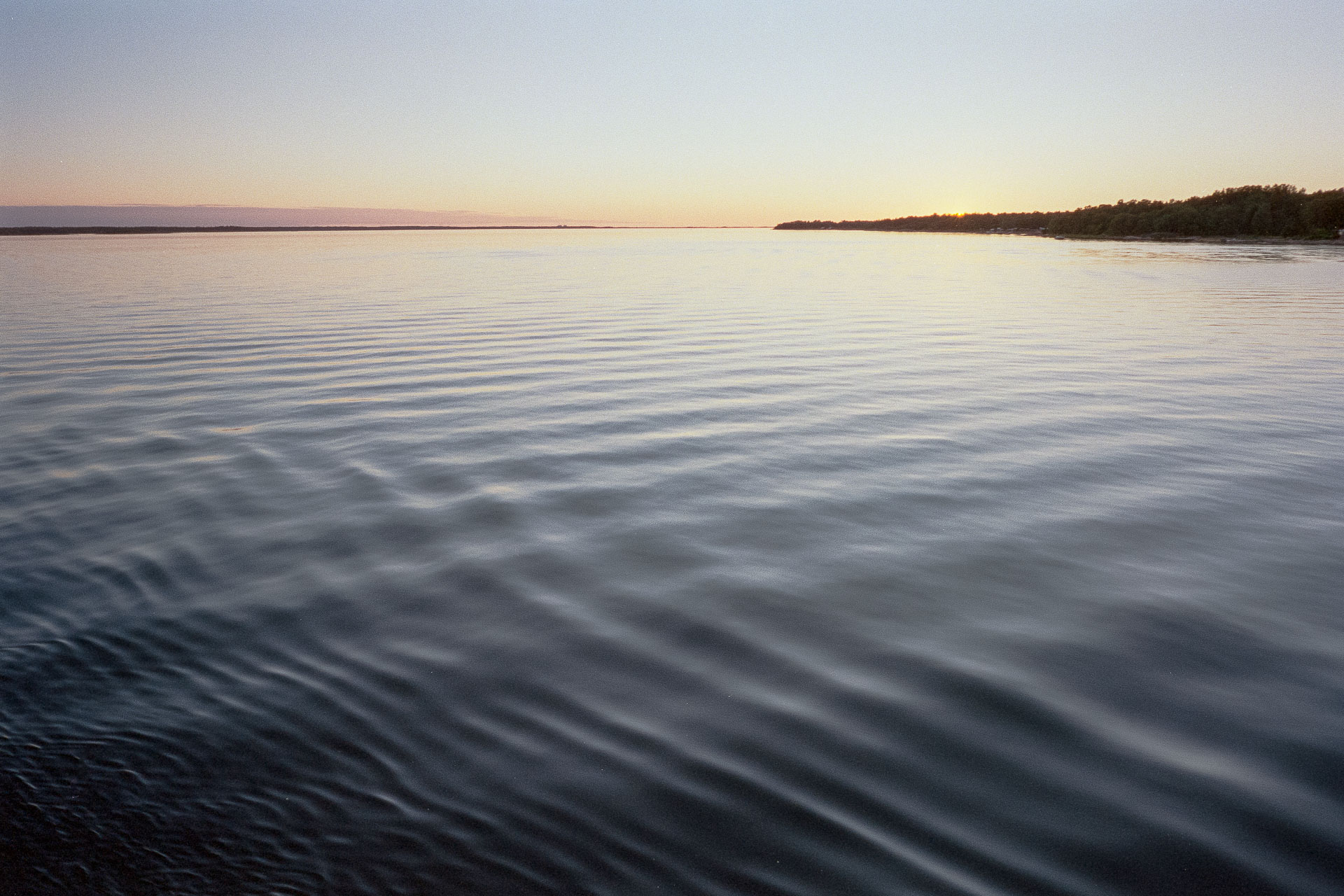
For instance, beginning with the obvious – if you feel that you need a camera with a lightmeter then the M4-P is immediately disqualified and the CL emerges as the superior camera.
Conversely if you, like me, instead enjoy shooting without an integrated meter, then that advantage of the CL becomes moot. Some of the things included to make the CL function with a meter even gets in your way when shooting without it – the cluttered viewfinder and the louder, more complex shutter mechanism.
Likewise if you want to shoot with faster lenses you can’t really achieve adequate accuracy using the smaller rangefinder of the CL and instead the M4-P becomes the better option. On the other hand if you prefer slower lenses then the larger size of the M4-P isn’t much of a strength.
Beyond that the fact that you can easily change the shutter speed with the camera to your eye on the CL might have a huge impact for some shooters. Others might find the that the shutter speed dial shifts accidentally too easy.
If there's a specific focal length you intend to shoot either camera might instantly disqualify since they both have frame lines that the other one lacks.
What this all boils down to is that there’s not a simple right and wrong here, despite what common knowledge of these two cameras might suggest. The M does a very specific set of things in a very specific way. And as it’s so highly regarded it’s easy to equate this regard to this specific way being the one that’s objectively correct. But from my experience the slightly different approach of the CL is just as viable. For a lot of people the CL might be just as good as the M4-P, for some it might even be significantly better. For others the opposite is true.
Personally I’ve enjoyed the CL greatly and wouldn’t have any problems to keep shooting it. But having tried and used the M4-P I have found the very specific ways it does things even more enjoyable and have come to ultimately prefer and even revere it. I long to shoot it, something I can't quite say about the CL, and that's enough for me to come back to the M4-P.
Photos in this section were shot with the Leica M4-P on Kodak Portra 400 using the Voigtländer 25/4 or Zeiss ZM 50/2. Scanned at home using the Plustek 8200i.
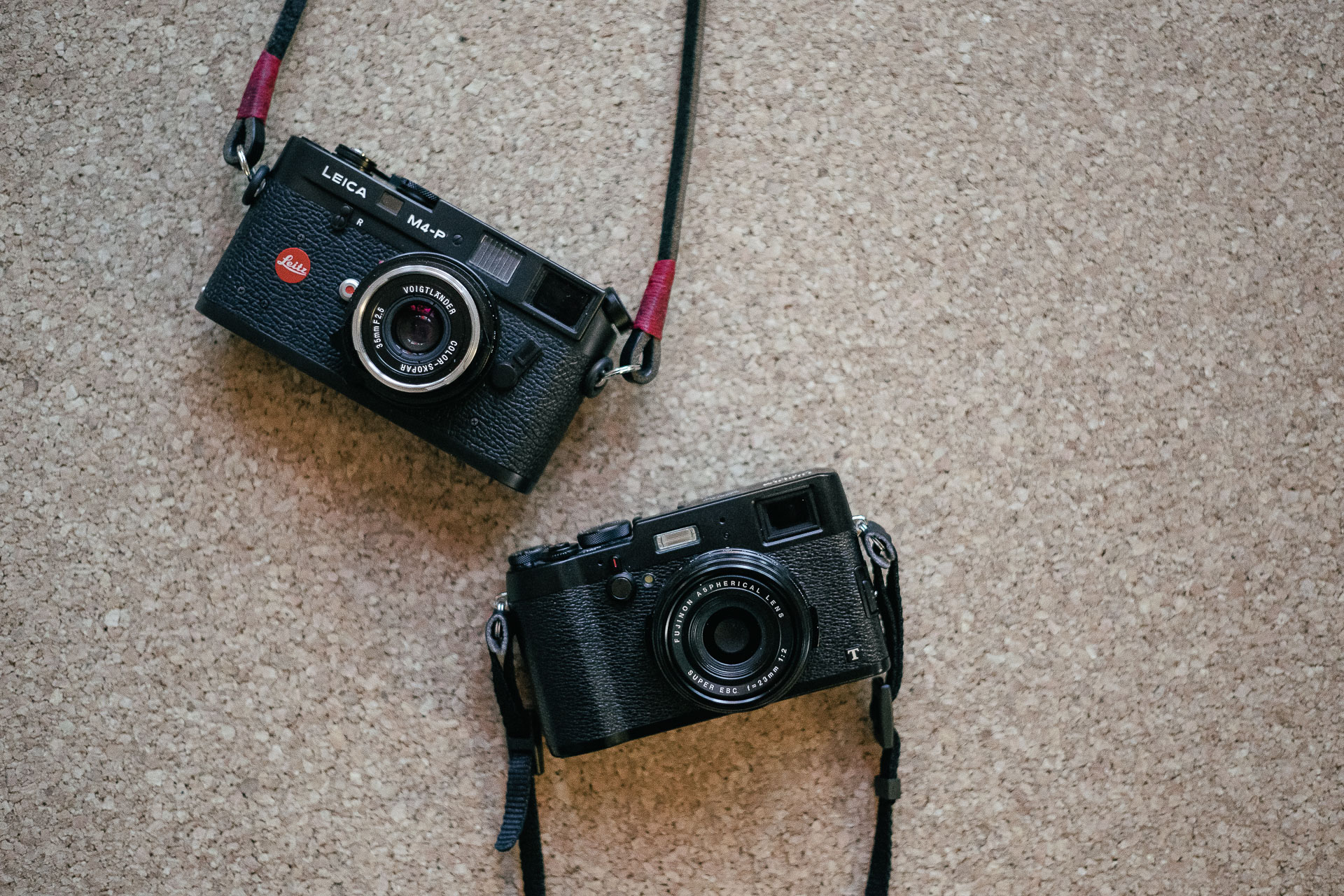
Another camera that stands out as a favourite of mine from the past few years is the X100T – a digital camera that does a great number of things right. While it’s definitely a different animal to the M4-P there are enough similarities to warrant a short comparison*.
* I’ll refer to both the T specifically and the X100 series in general. The comparison is mostly valid regardless of version, and even comparing to other cameras in the M series, even if some specifics might vary.
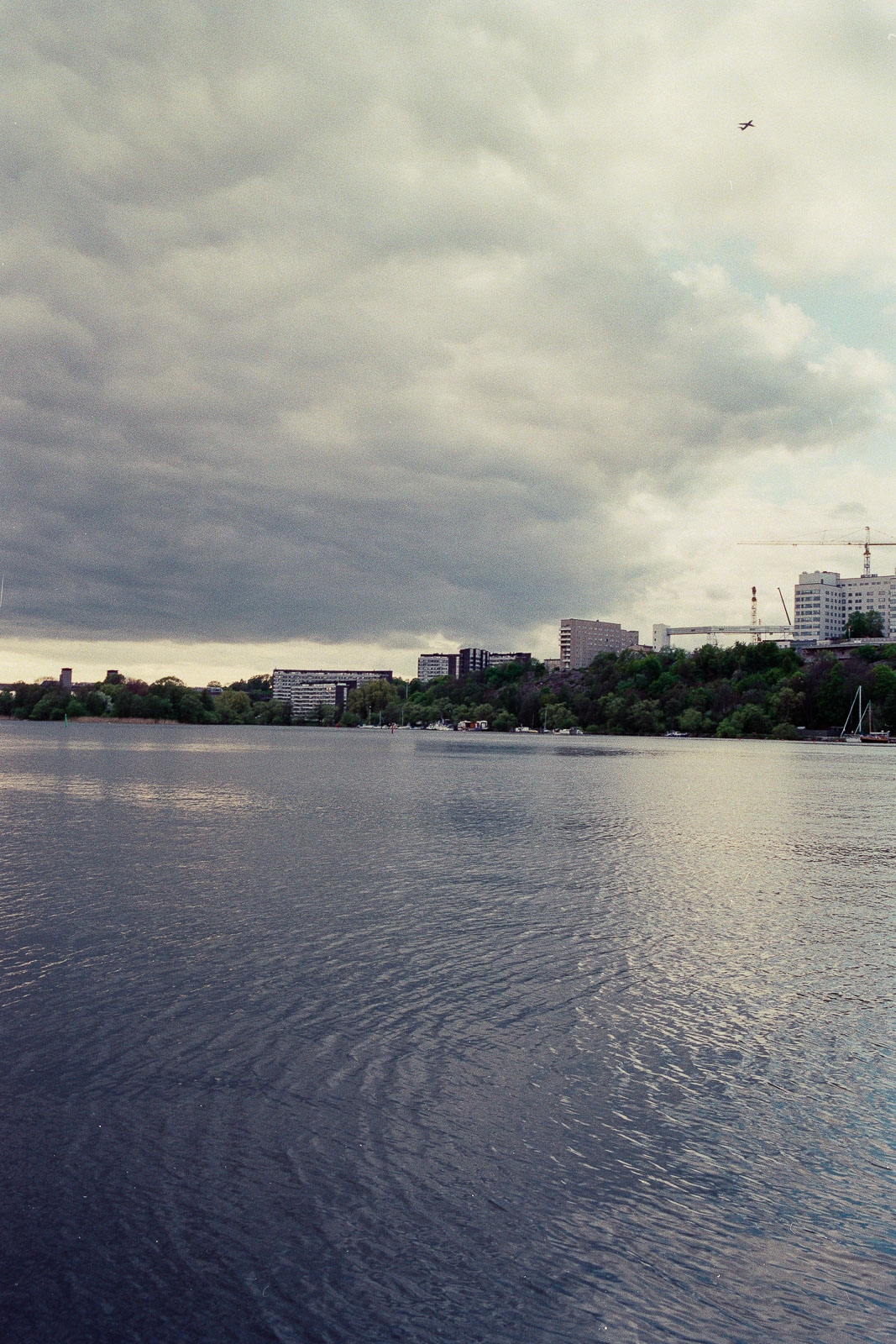
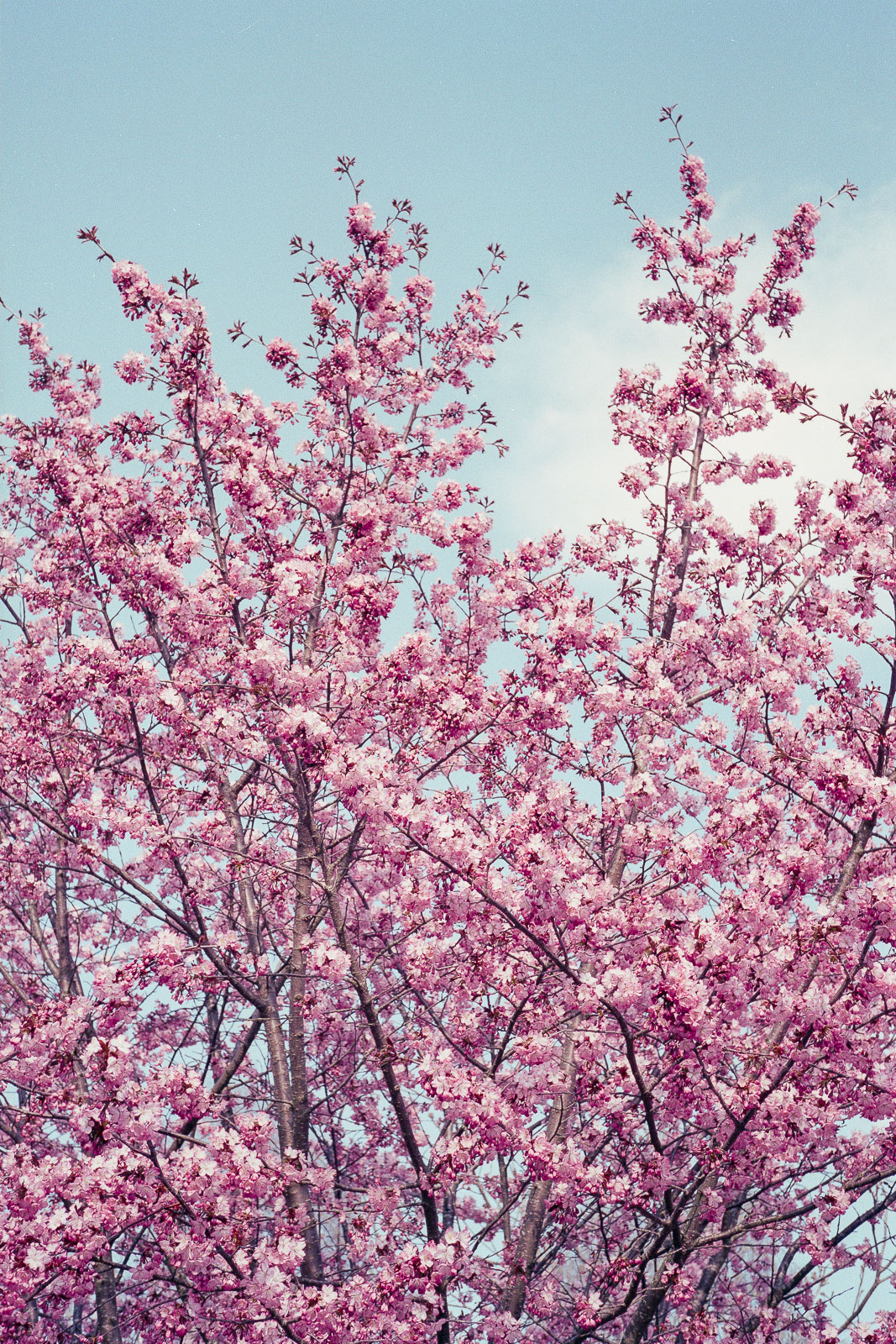
Both cameras appeal to many of the same sensibilities, share a number of functional traits and even a similar price*.
* Economics of shooting film is somewhat different to digital, but both initial investment and overall cost of ownership ends up in the same ballpark.
Whenever a comparison like this is brought up people are quick and vocal about pointing out that the X100-series cameras aren’t true rangefinders. And I get why – for a lot of consumers the distinction is lost – a rangefinder has gone from a specific way a camera functions to describing a body styling. This disregards that below the surface differences can be vast, with both functional and practical implications.
The X100 cameras are built around an all digital, mirrorless architecture with electronic interfaces – an approach that could hardly be more different to the optomechanical solution rangefinders use.
Still from a more pragmatic perspective the experience of shooting the cameras is similar in a number of key ways. So while I understand the intellectual argument that the cameras can’t be compared because of the underlying technology, to me the feel I get from each is similar enough that I feel otherwise.
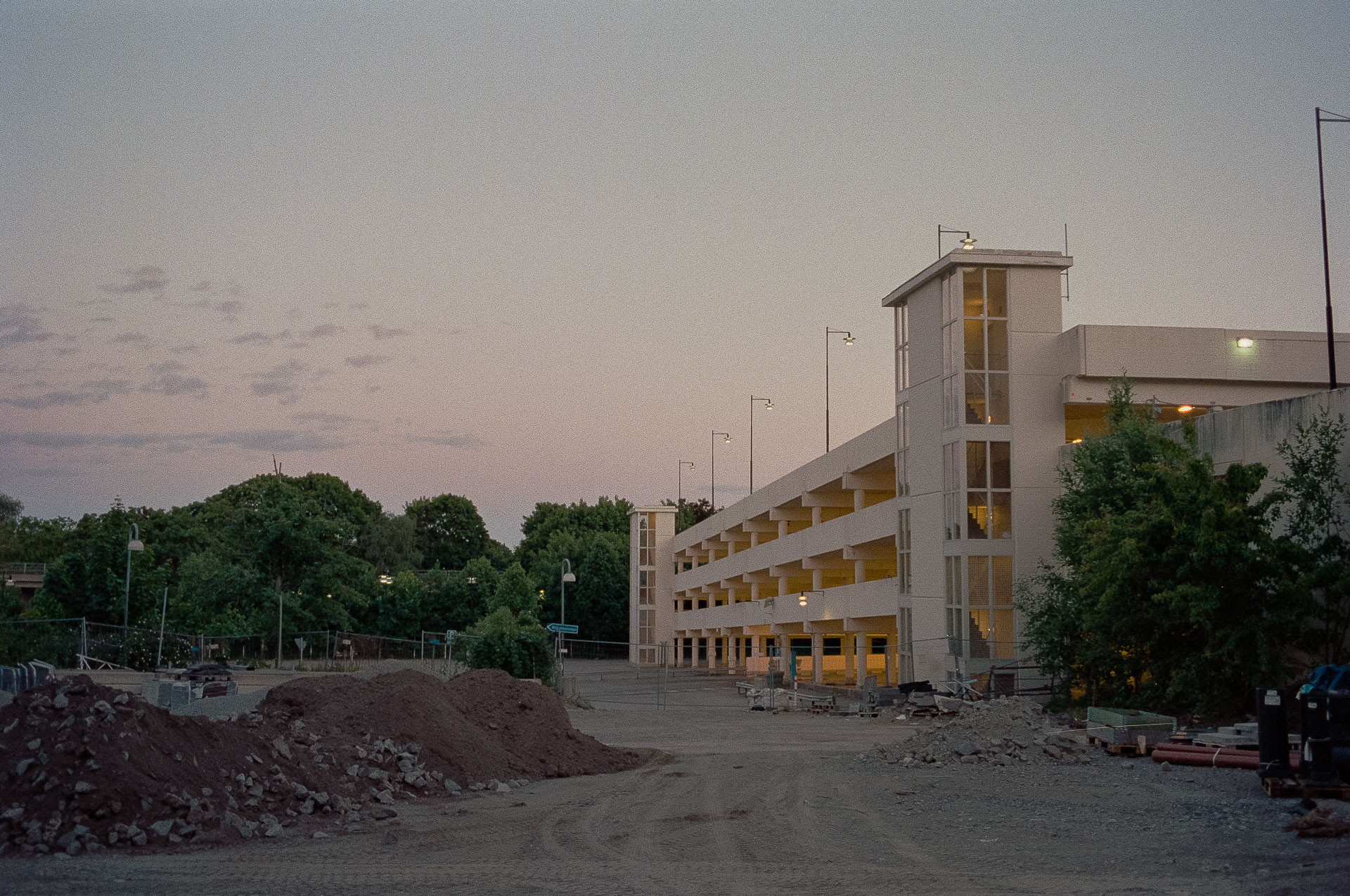
Immediately noticeable is a superficial and obvious likeness. While you can’t judge a book by its covers, the resemblance does mean that the cameras feel similar in hand. The placement of the viewfinder as well as the basic controls for exposure adds to this feeling*.
* Though the dials move in opposite directions, which can be confusing moving between the cameras.
While quite a few digital cameras look and handle similarly to a Leica M few offer a similar experience. But the X100T has one additional likeness in its basic design that makes it even closer in use to the M4-P – a very good optical finder.
What sets rangefinders apart most from other cameras is the experience of viewing and focusing on your subject – the uninterrupted view with a transparent method to focus consistently and accurately. In optical viewfinder mode the X100T shares these traits.
The optical finder shows everything in focus, it’s possible to see outside the framing area and there’s no blackout when releasing the shutter. With the live view overlay added in the T iteration of the X100 series focusing also feels quite similar to the true rangefinder despite automation*.
* I tend to shoot the X100T in manual focus mode, using the AFL back button to instantly autofocus. This emulates the experience of shooting a rangefinder fairly well to me, especially when using the center focus spot. Having the live view overlay active emulates the rangefinder patch, ensuring you’re focusing where you intend. An electronic focusing scale also means it’s possible to use a scale focus approach to shooting. Completely manual focus is obviously an option as well, but as it’s fly-by-wire it’s slower in practice than relying on the AFL button.
The finder in the X100 cameras isn’t quite as large, bright and distortion free as the one in the M4-P. The magnification is also lower, meaning that it can sometimes be harder to accurately make out smaller details at a distance (e.g. facial expressions). Still the differences mostly disappear in use and it’s a very pleasant finder to use.
The X100 cameras also have the ability to overlay information in the optical viewfinder. What’s shown is highly configurable with some of it quite helpful, but it’s easy to go overboard ending up with a cluttered impression. Pulling the information back to the bare minimum offers a clean view and as the overlays are quite subtle I even prefer it somewhat to the screaming red indicators in the metered M cameras.
This similar experience of composing and focusing, combined with the similar shape and feel of the camera and controls contribute to making the X100T feel like it gives you a lot of what's enjoyable about shooting a rangefinder while also bypassing some of the complexity. Now it's still not a complete analogue and not quite as refined an experience as a true rangefinder, but it is a fair emulation and arguably it's as close as you'll get to a digital rangefinder without getting an actual Leica with its own set of tradeoffs.
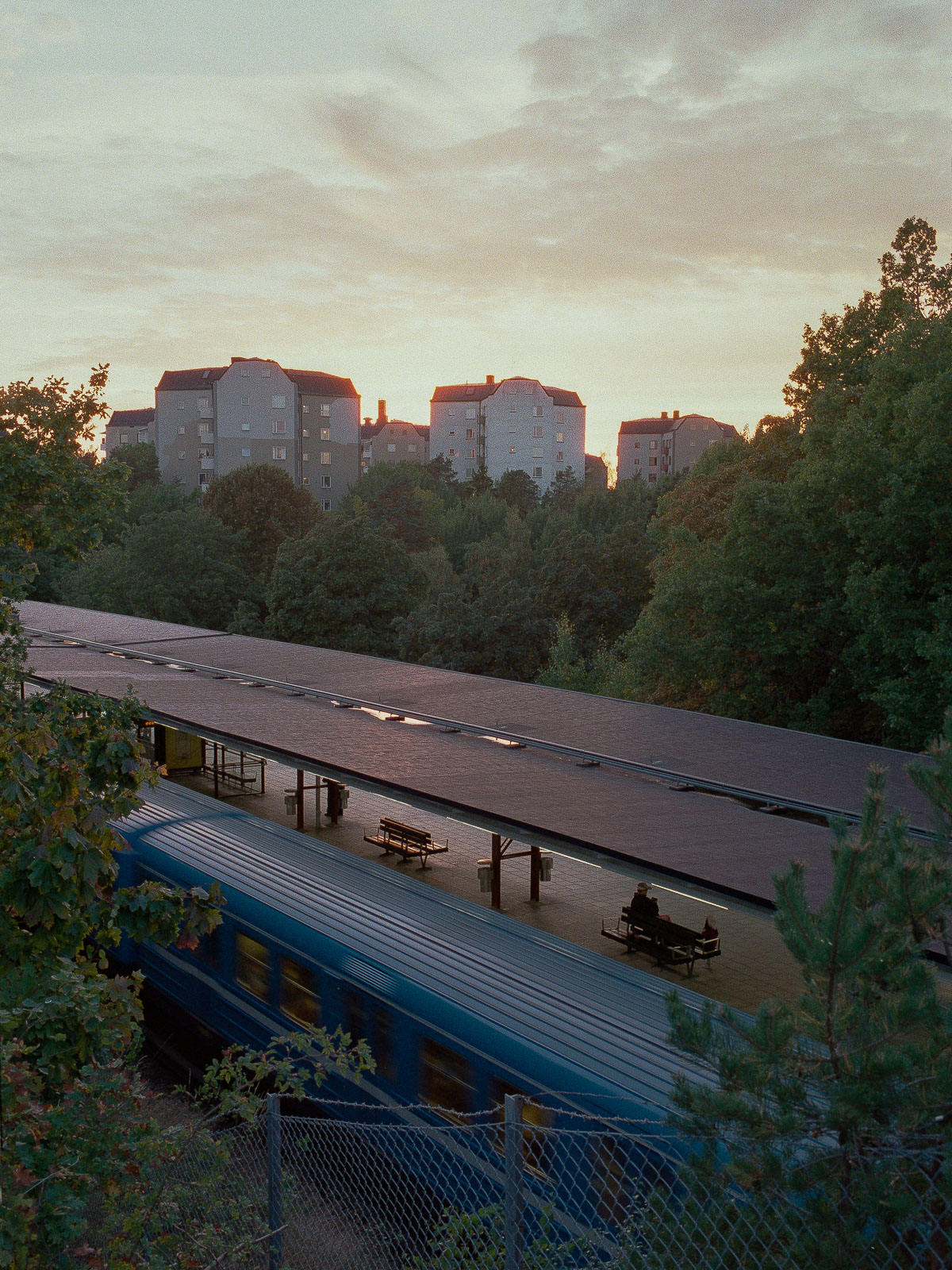
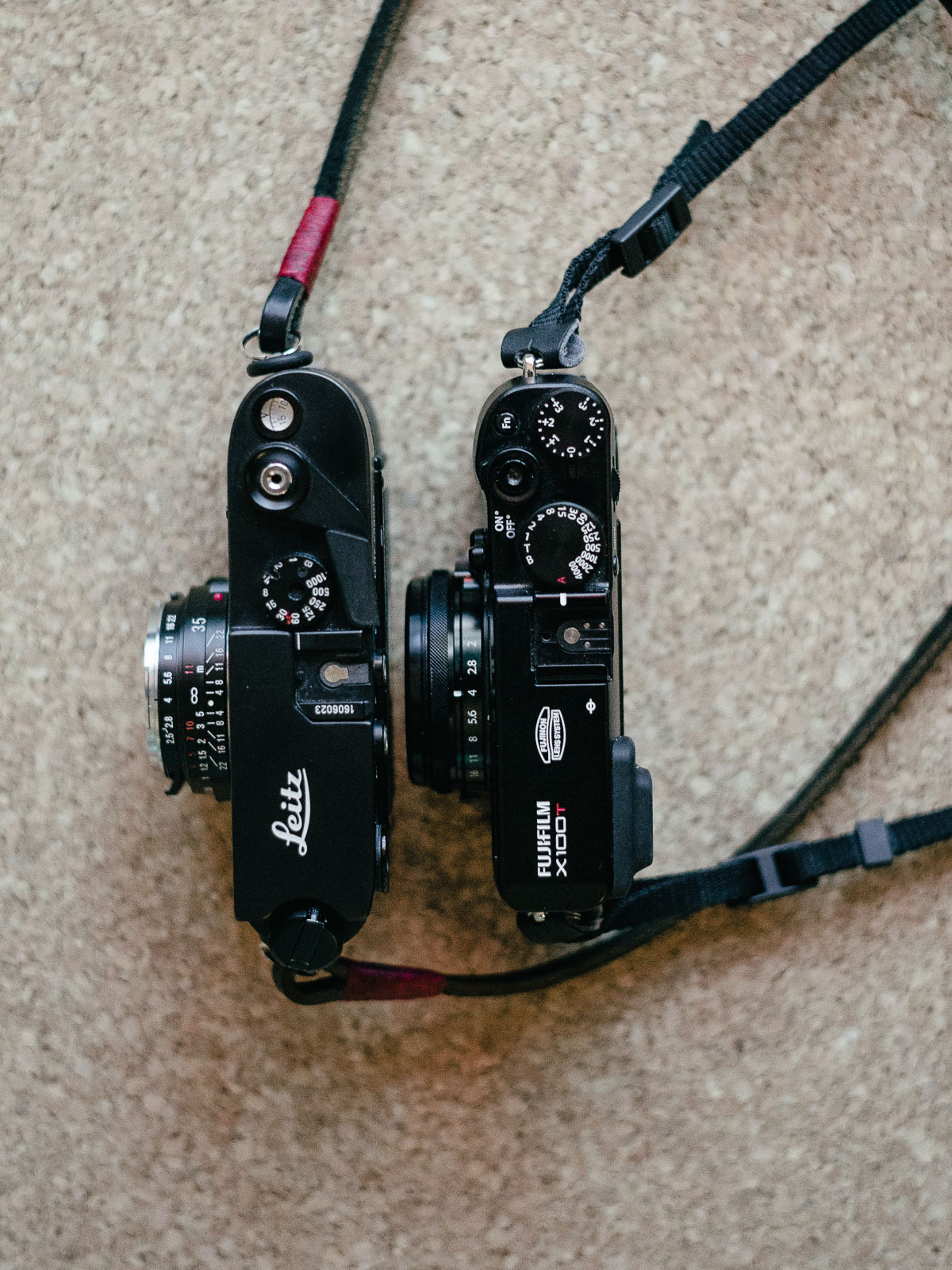
Beyond these handful of similarities though, the cameras are incredibly different in both obvious and subtle ways.
While I’m not inclined to break down the entire set of differences in this article I feel there are a few points worth bringing up. Things that speak about the experience of each camera rather than simply how they look on paper.
The most noticeable difference to me between the cameras is hinted at by the previously mentioned configurability of the X100 series viewfinder. This configurability continues through every aspect of the camera – practically every button, menu and display can be made to work in several different ways. Depending on how the X100T is set up it can feel very different. Sometimes this results in it coming across as quite convoluted. If set up with restraint and sense of purpose the camera can be almost as simple and transparent to shoot as the M. Altering a few settings it can feel like shooting a contemporary SLR instead. The M on the other hand never moves beyond its stubborn adherence to simplicity.
So while the X100T aims to adapt to you through configurability and automation, the M4-P requires the opposite – for you to adapt to it. While it might sound like the X100T is obviously better there’s another nuance – once you do adapt to it the M4-P becomes transparent in a manner the X100T can’t quite measure up to. Even after spending a lot of time with the X100 cameras I’m never absolutely certain what the X100T will do when I pick it up and turn it on. There are simply so many modes and settings that can be changed on the fly that it’s easy to forget just what minor adjustments you made using it last. I feel like I need to work around the X100T at times but the M4-P always gets out of my way. On the other hand the X100T will be much more convenient for many people. It’s a very practical choice, if not offering quite as distinct an experience as the M.


Like I mentioned in the section on the M9 it’s hard to compare image quality between film and digital with any amount of certainty. Both mediums are moving targets – especially film where output characteristics for different film stocks, scanners and development all differ.
That’s not to say that the mediums can’t be compared. Rather it’s verging on the opposite – almost unimportant. With my current approach – shooting ISO 400 film and scanning using the Plustek 8200i – I’m continually surprised at how close I get between the cameras and mediums. Resolution, dynamic range and colour fidelity is all quite similar. For most uses the medium used is insignificant and high magnifications are needed to spot most differences.
Still a few traits are clear enough to be brought up.
The X100T has a clear edge in lower light. It’s easily usable in two stops lower light and noise is a lot less prominent at moderate speeds.
The overall rendition and reproduction of detail is more pleasant on film. This is mainly due to the organic nature of film compared to the slightly tricky X-Trans colour array used by the X100T. I also prefer the way that highlights roll off on film compared to the clipping on digital. It also helps that most M mount lenses I’ve been using have been better in many ways than the 23/2 permanently attached to the X100T.
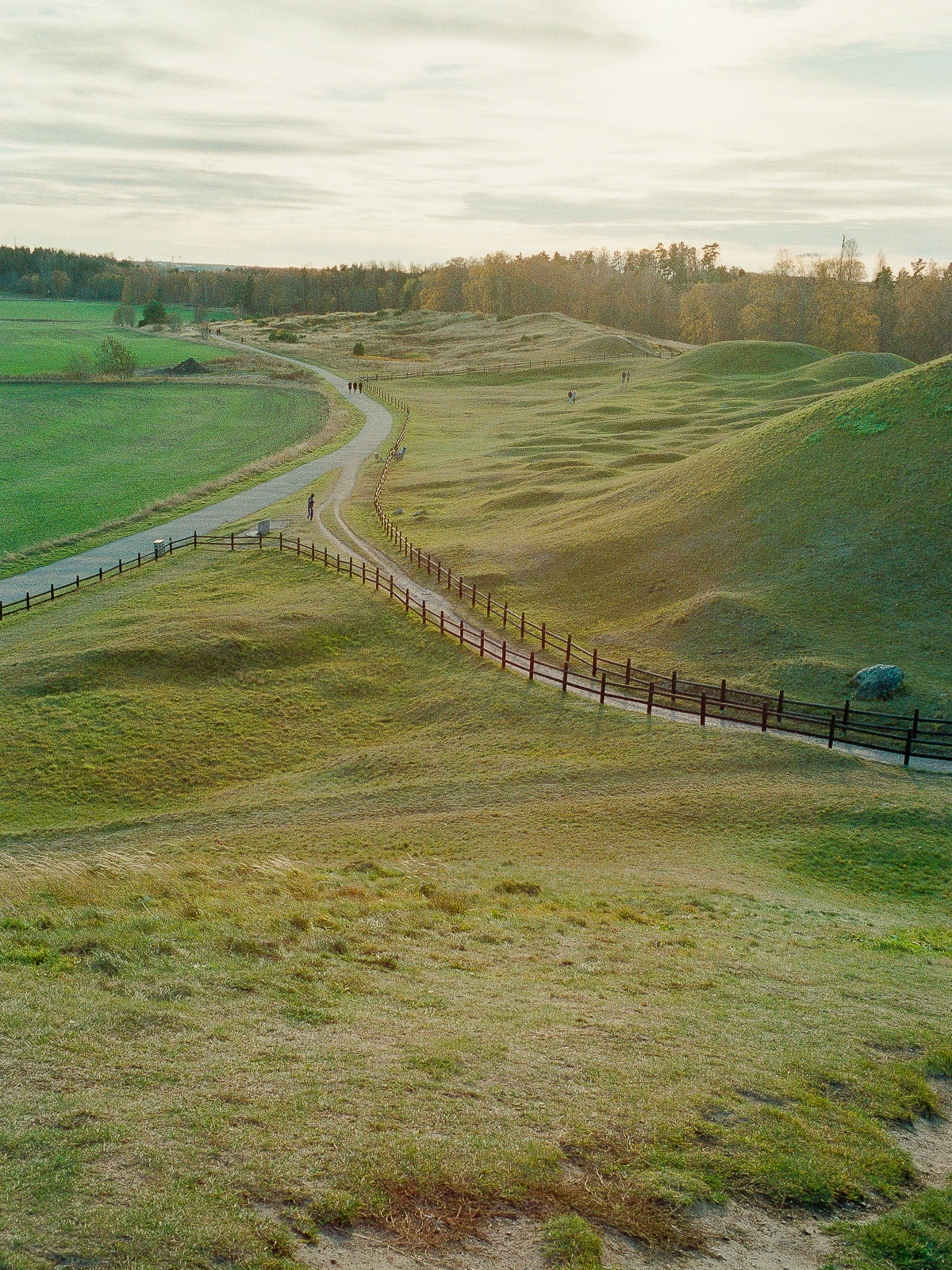
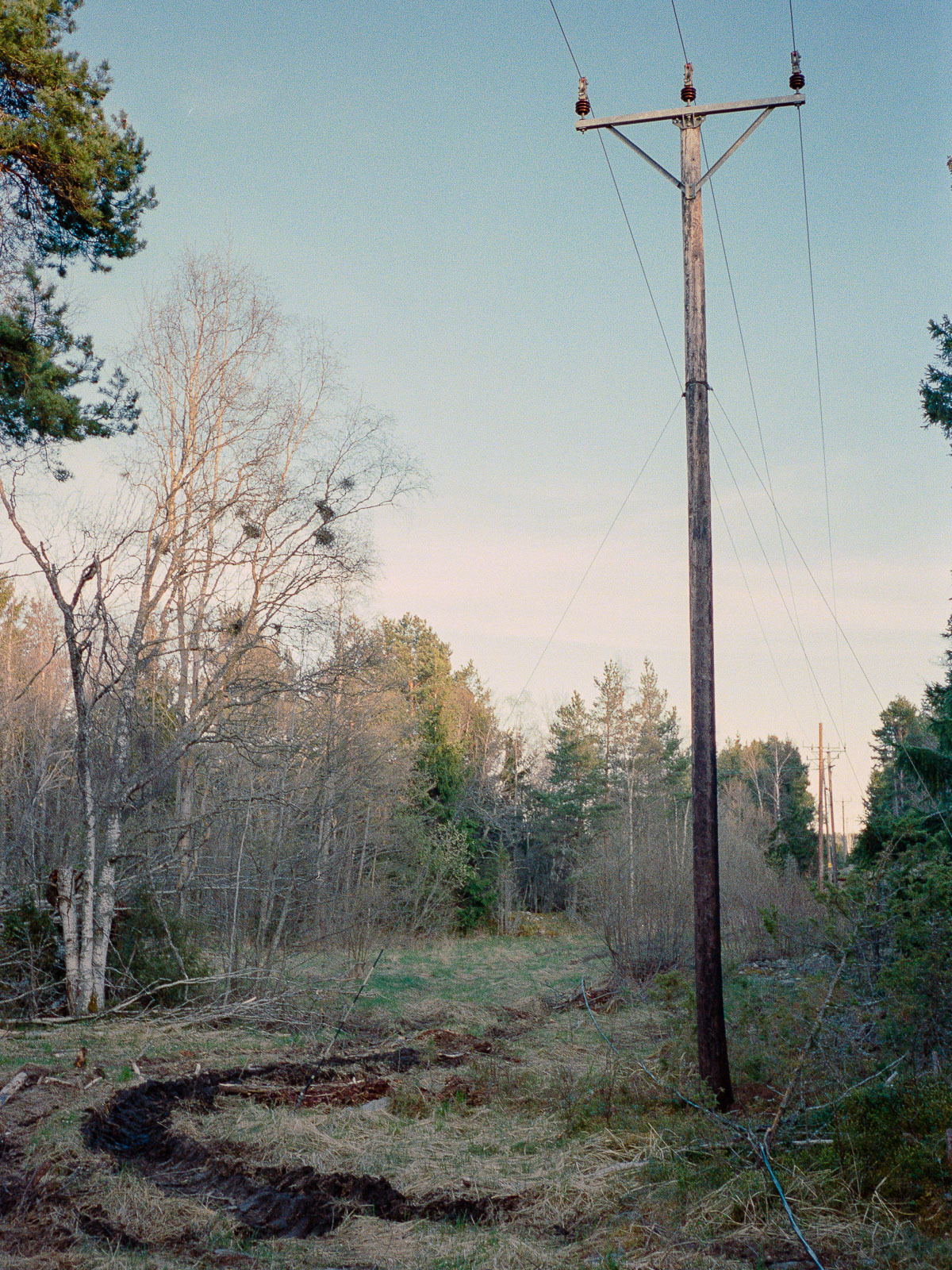
Comparing these two cameras are a little tricky. They are simultaneously very similar and incredibly different. And these differences and similarities don’t always manifest in quite the ways you’d expect. The differences are in someways smaller than you’d expect and in other ways bigger. What sets them apart is instead the holistic experience – a focus on extreme simplicity on the one hand and convenience on the other.
Once again it’s hard to say for certain that one approach is better than the other. Each holds appeal but in a different way and picking one over the other is more about preference than one being objectively better.
I’ve certainly enjoyed both cameras for their respective strengths.
The X100T is such a capable and enjoyable little machine that I find it hard to level any strong criticism against it. It feels distinctly contemporary with immense functionality but also a bit more complexity than ideal. At its core it’s still a piece of consumer electronics and while it’s this that allows many of its capabilities this also ends up imbuing the camera a sense of a finite lifespan.
The M4-P in contrast is such a simple piece of equipment. It’s obviously a lot more restricted. But with these restrictions comes a transparency that’s hard to find elsewhere. Every detail is more considered and refined and it’s rare to feel frustrated with the camera. I also find appeal in the fully mechanical nature of it. Simple care and adjustments will keep it working indefinitely. To me it’s an appealing idea.
Film or digital, fixed or interchangeable lens, rangefinder-like experience or true rangefinder, configurability or transparency. The differences between these two cameras are far more pronounced than the ones above. Fortunately it's hard to go wrong with either if picking based on ones preferences. While different the cameras share what's probably the most important trait – they're both very good.
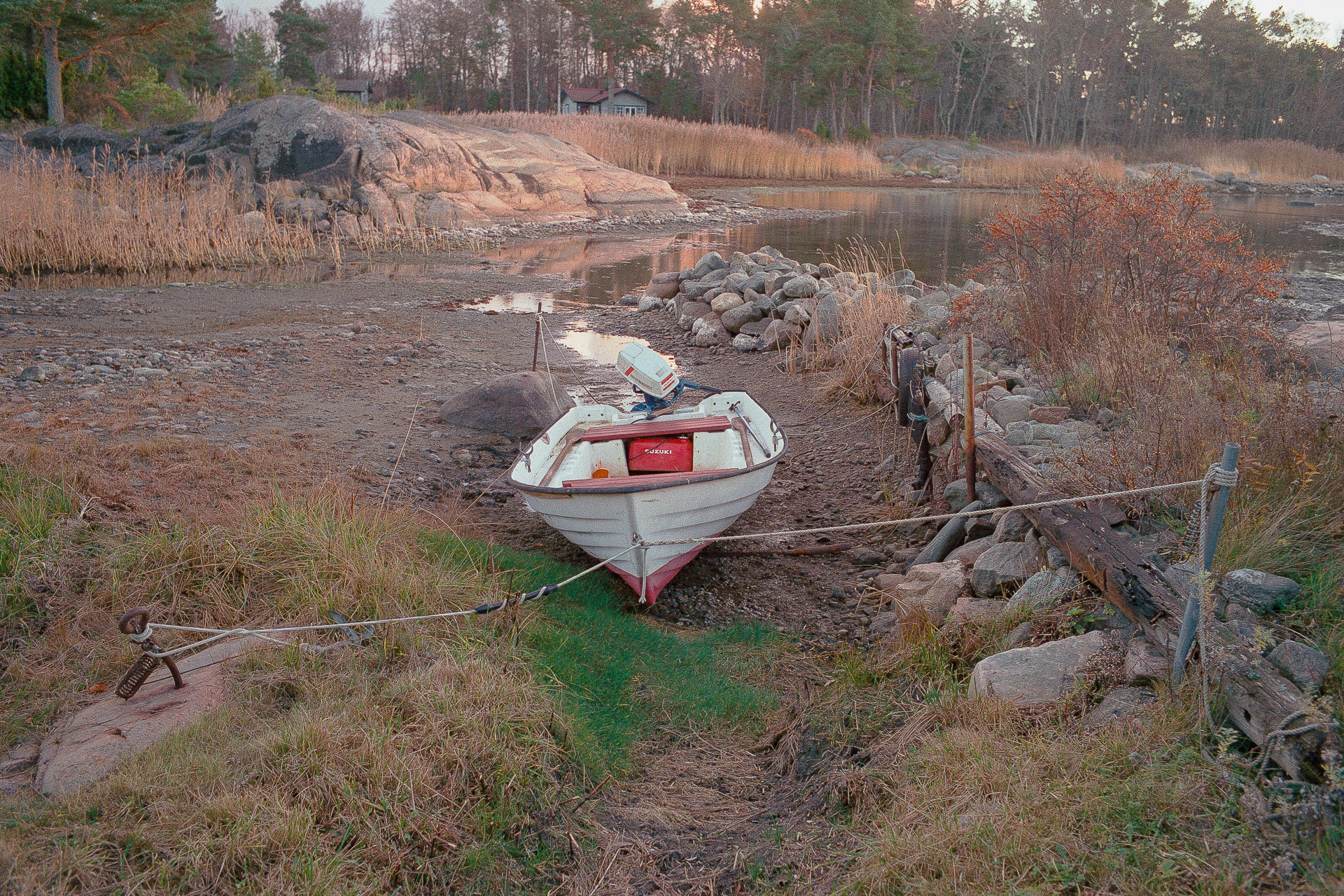
The X100T is the third camera I’ve compared to the M4-P and probably the last, at least for the time being. I’m not sure how valuable these comparisons are in terms of detailing exactly how the cameras stack up. But as a means of understanding the M4-P specifically and even the M cameras in general I feel it’s been a valuable exercise. The M cameras are so well revered they seem almost mythological and it can be hard to understand just why that is, but it seems easier when they´re not examined in isolation. Gains and losses become clearer, the core of the appeal is easier examined.
I’ve now shot the M4-P for just about a year and while I instantly took a liking to it, it’s only now I feel I can say I begin to fully understand it’s appeal. But more on that on another day.
Photos in this section were shot with the Leica M4-P on Fuji Superia or Kodak Portra 400 using the Voigtländer 35/2.5, Zeiss ZM 35/2 or Leica 35/2 ASPH. Scanned at home using the Plustek 8200i.
All photos in this post were taken using the Leica M4-P except for images of the camera. Exif-data is intact. Open any image in a new window for a closer look.